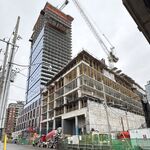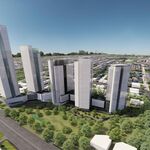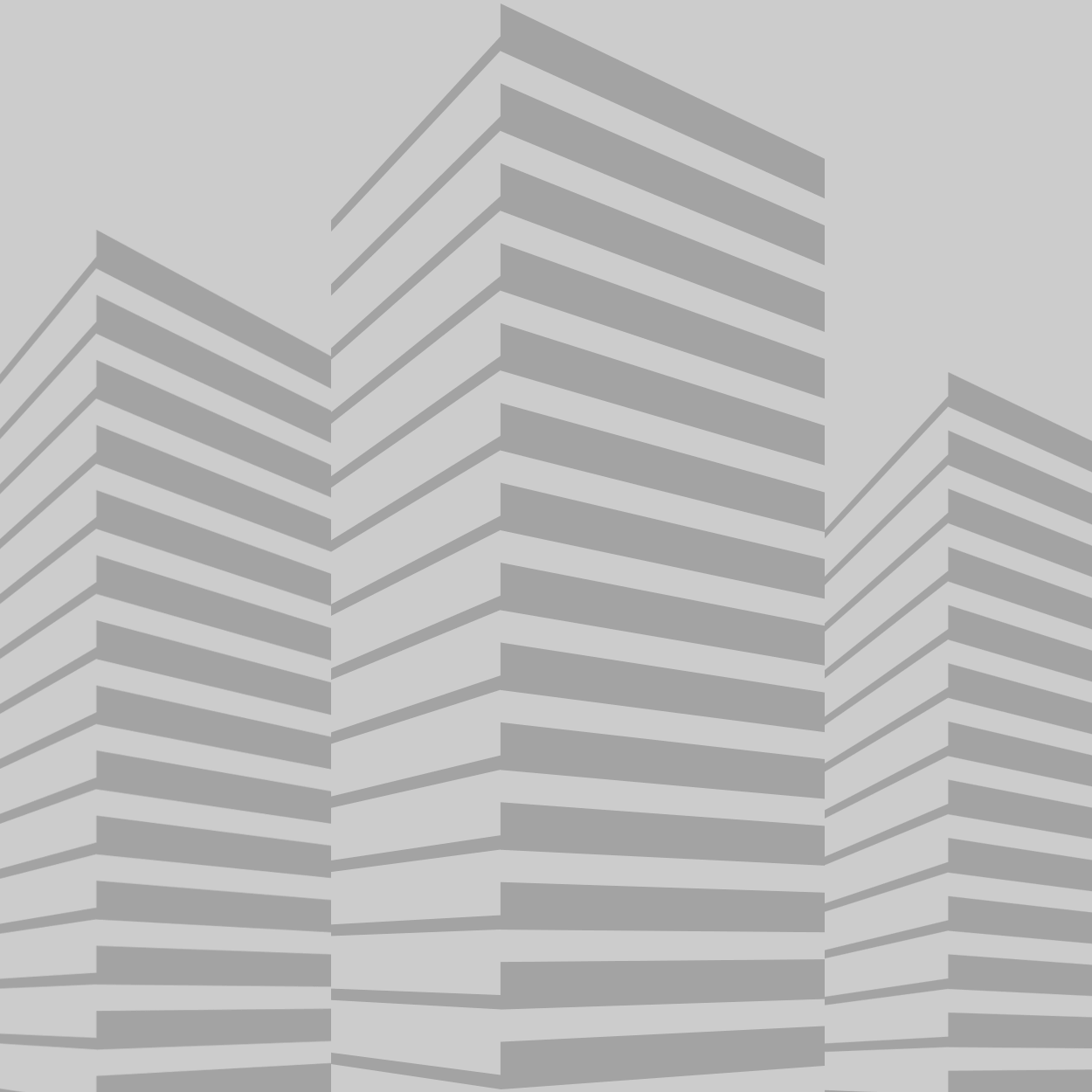Filip
Senior Member
Known as the New York City of the Balkans, Belgrade is a large city of about 2 million citizens. Located at the confluence of the Sava and Danube rivers; it has one of the most important geostrategic locations in Europe, making it a constant target of foreign invaders of the past.
Most of Belgrade was rebuilt from a Turkish Kasaba to a modern European city by Serbian Kings and Queens who insisted on modelling the city after Vienna and Budapest. After severly being destroyed in WWII; Belgrade has been rebuilt, but not to its former glory....
Pictures from March 2007
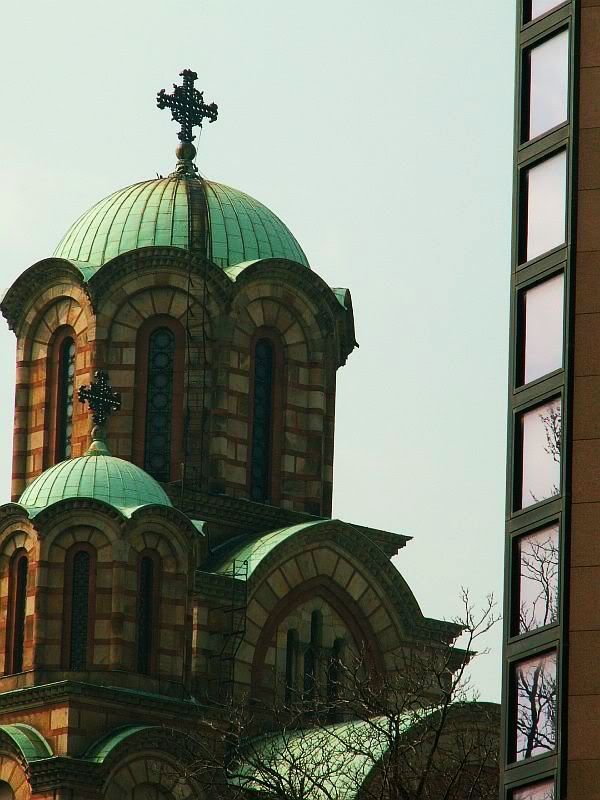
St. Mark's Church, standing proudly in the heart of Belgrade, was built in the 1930's as a much larger copy of the famous Gracanica monastery in Kosovo
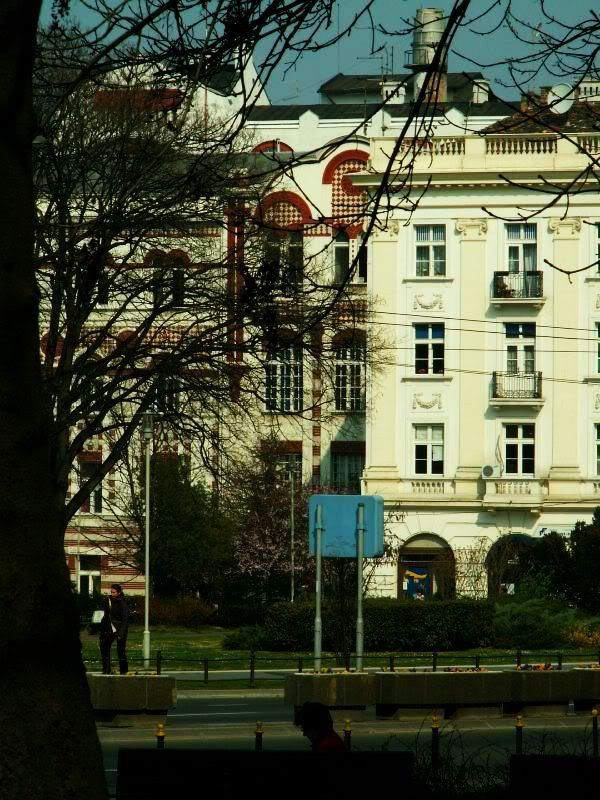
On Takovska Street stand great examples of Academic and Serbian-Byzantine buildings
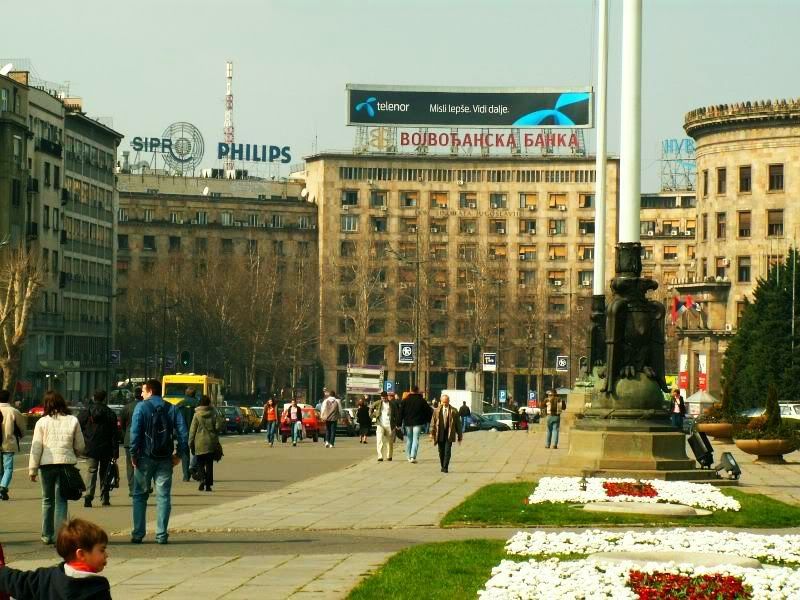
King Aleksandar Boulevard ends at Nikola Pasic Square (formerly Marx and Engels)
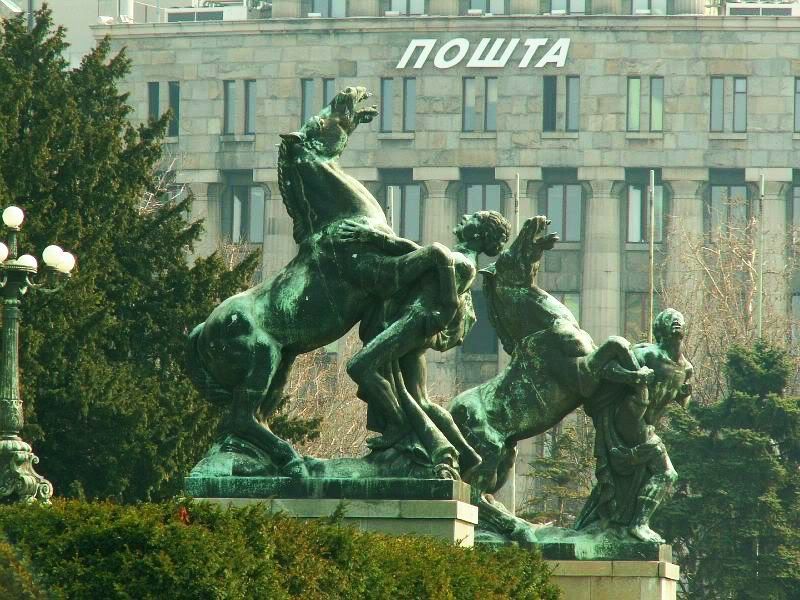
"Black Horses Playing" is a famous sculpture standing in front of the Serbian Parliament
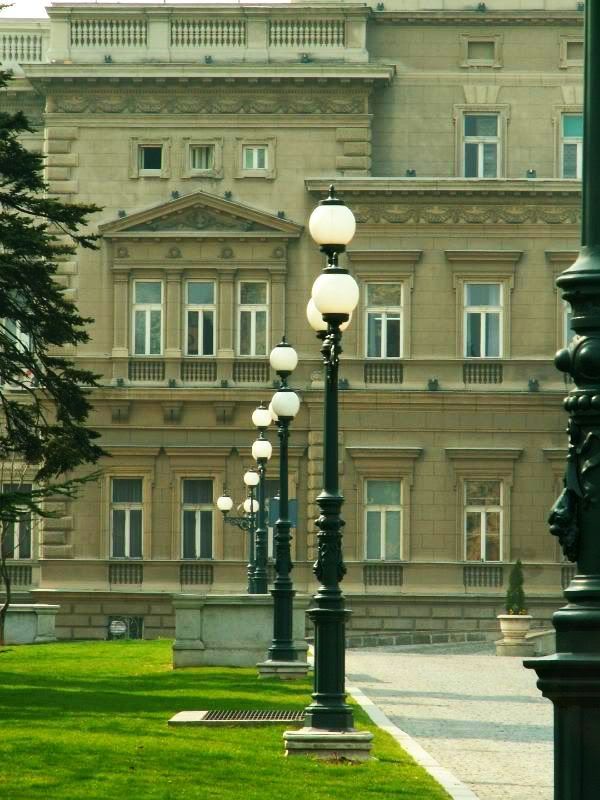
Manicured grounds in front of the former Old Royal Palace, currently the City Hall of Belgrade
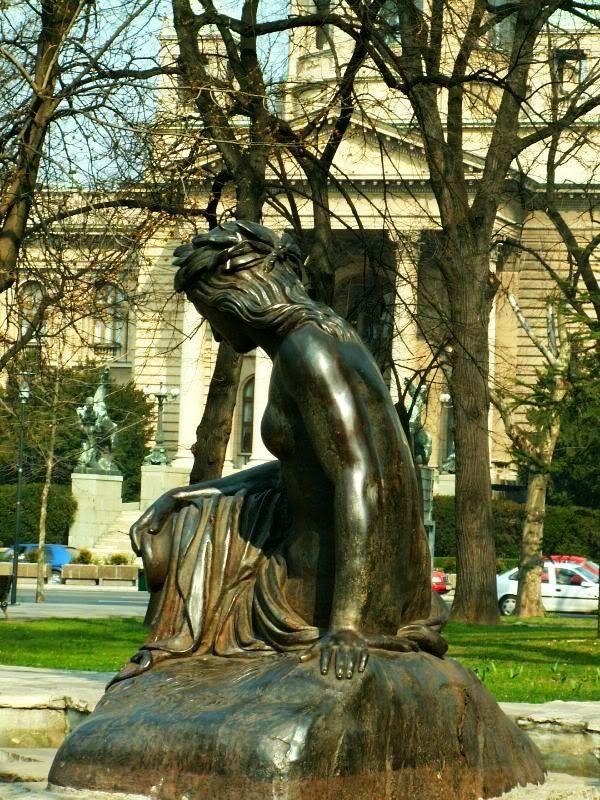
"Girl With Water Jug" in the palace park
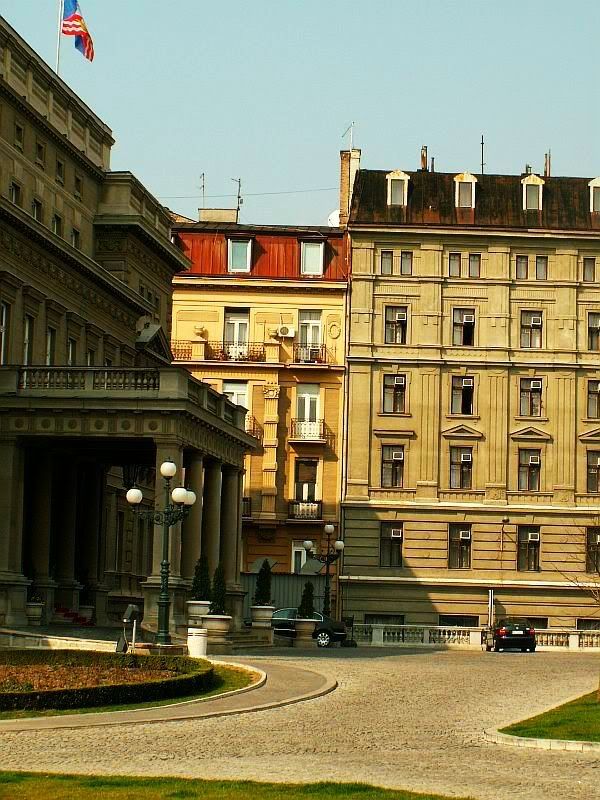
The Old Palace facing onto nice examples of the rebuilding of 'European' Belgrade
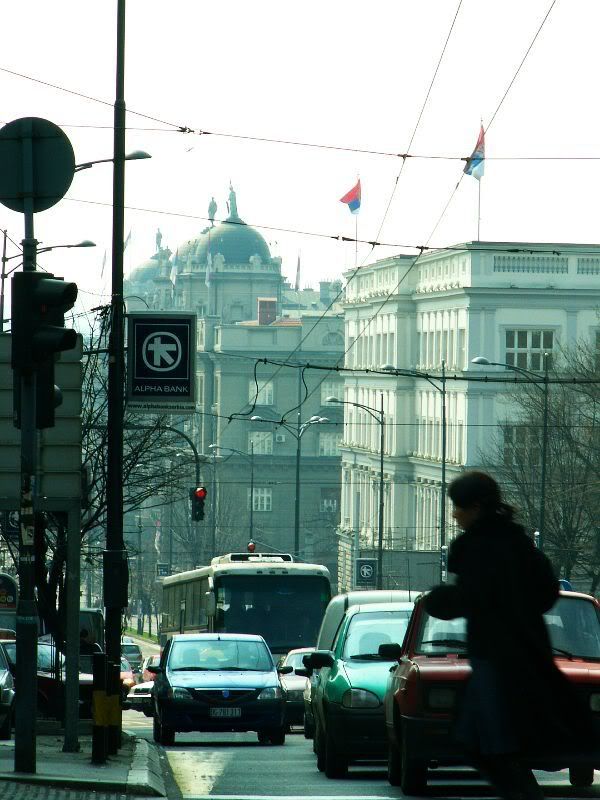
Prince Milos Street, lined with grand, stately government buildings; we can see the Ministry of Statistics, Offices of the Government of Serbia and the Ministry of Foreign Affairs

King Milan Street is a major artery of Belgrade linking Terazije Square with the Temple of St. Sava
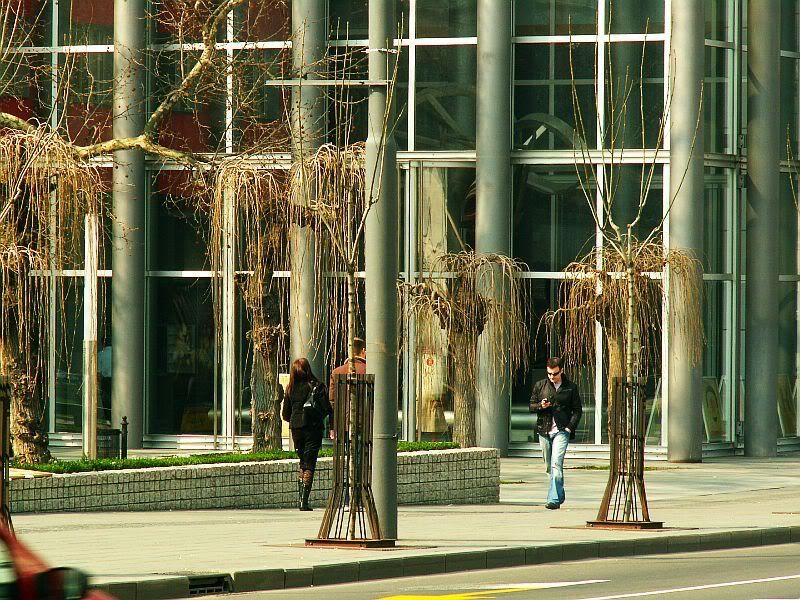
The modern glass facade of the Yugoslav Dramatic Theater
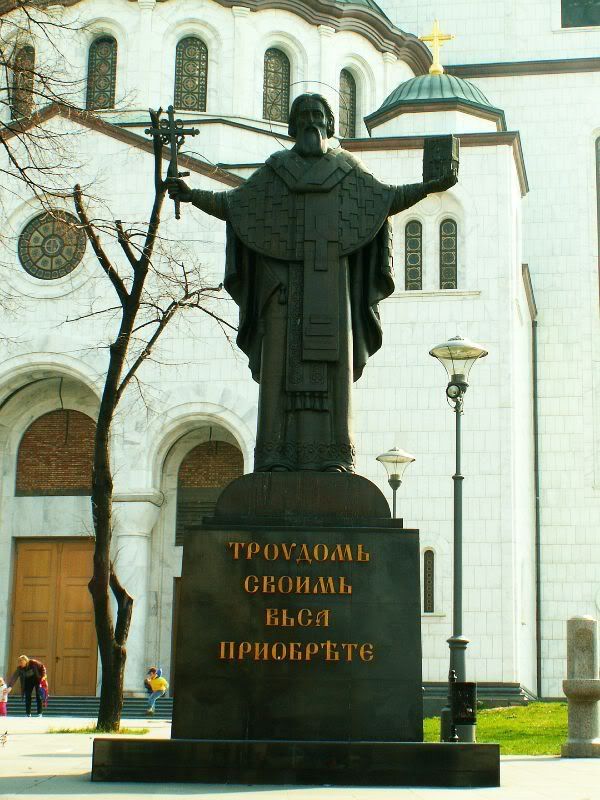
"With strength anything can be achieved" loosely translated from Old Slavic; a sculpture of the Serbian patron Saint, Saint Sava standing in front of the temple built in his honour (where his remains were burned by the Turks 600 years ago)
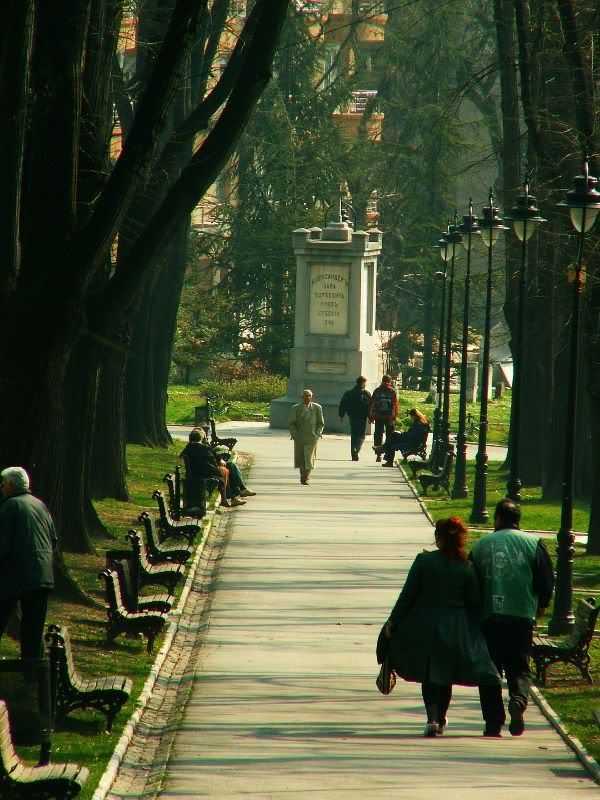
Walking down Karadjordjev Park near the underground railway station bearing the same name
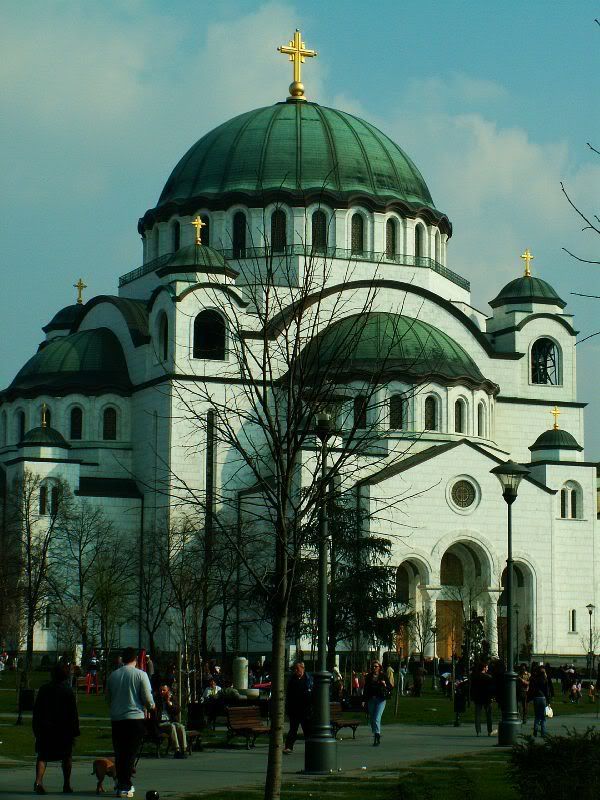
St. Sava's Temple is the 2nd largest Orthodox place of worship in the world. Still under construction for over 70 years it awaits completion of its interior frescos and mosaics
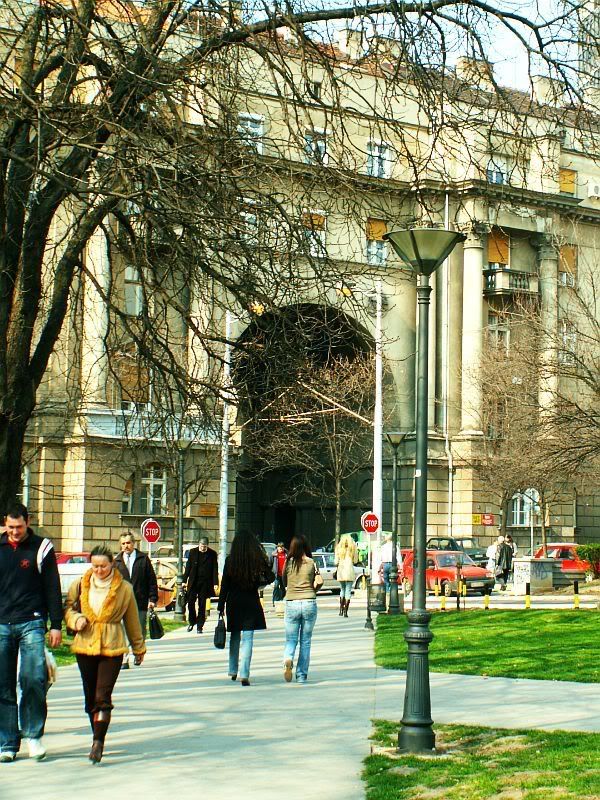
Manjez Park is a lovely little retreat in the heart of the city
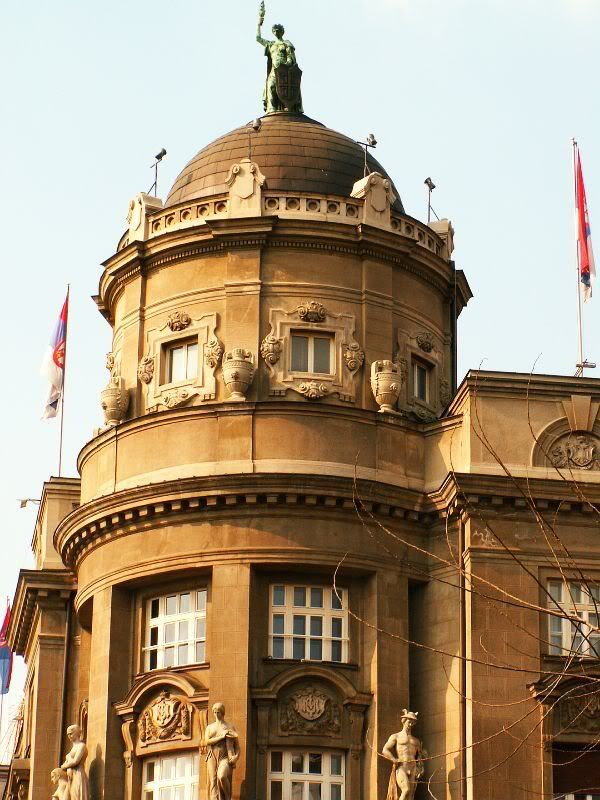
Details of the Government of Serbia building
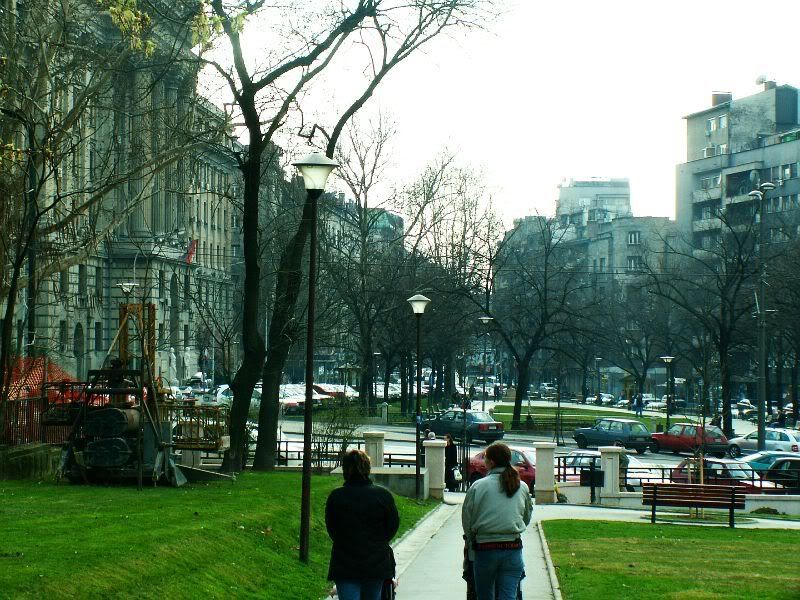
Looking towards the Ministry of Transportation building and a newly rebuilt park
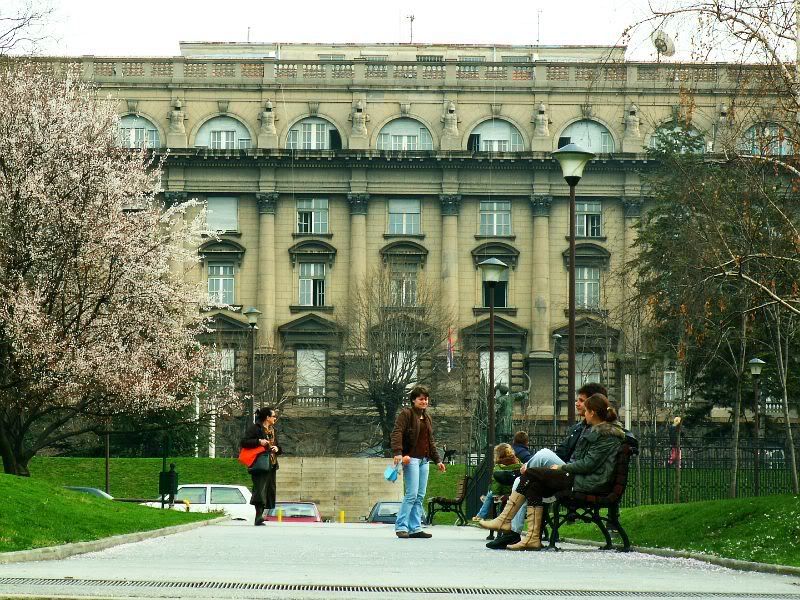
Up the stairs to the old annex of the Ministry of Defense, heavily bombed in 1999
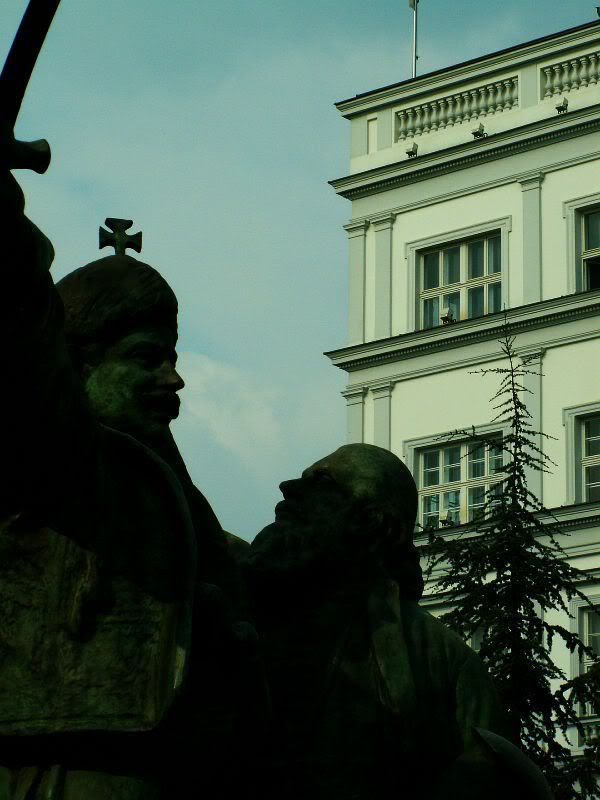
Monument to the first Serbian uprising against the Turks
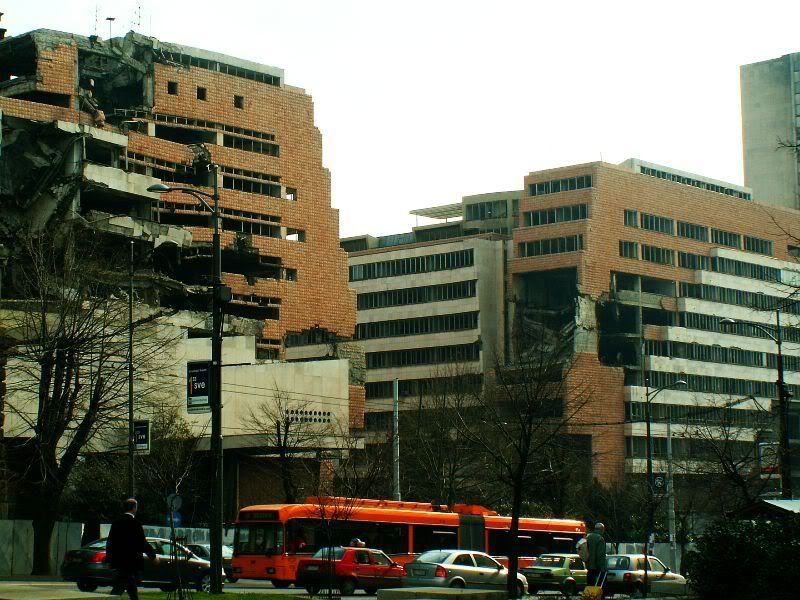
Incredible how such damage occured in the heart of Europe at the end of the last century; thank you NATO
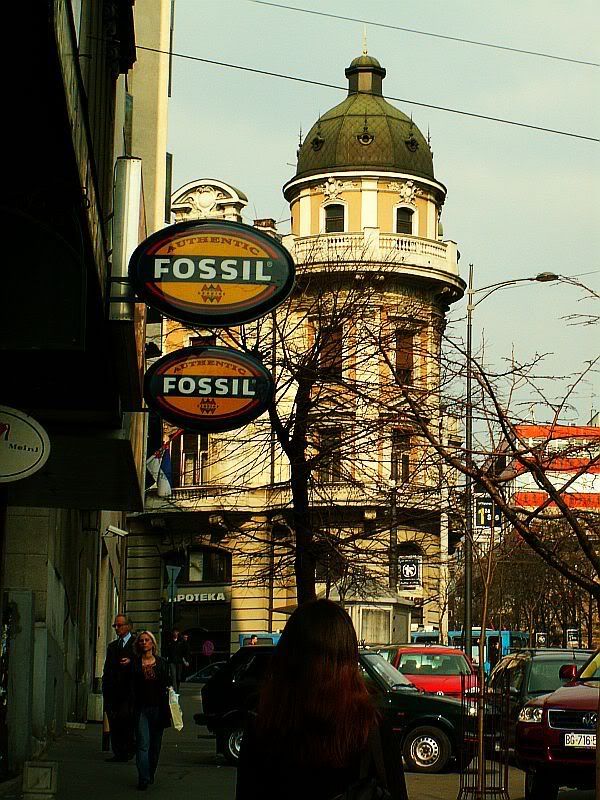
Up Prince Milos Street towards the old Vrachar Bank building
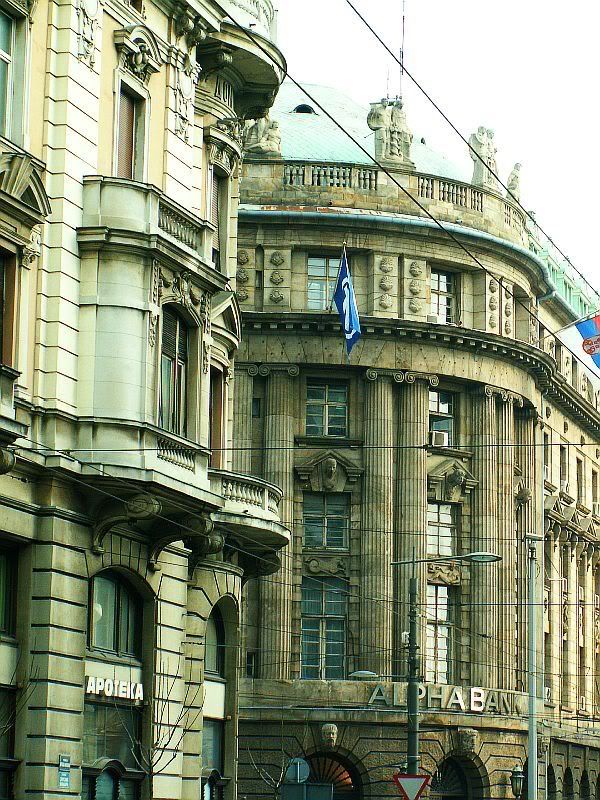
Details of beautiful Academism buildings lining King Milan Street
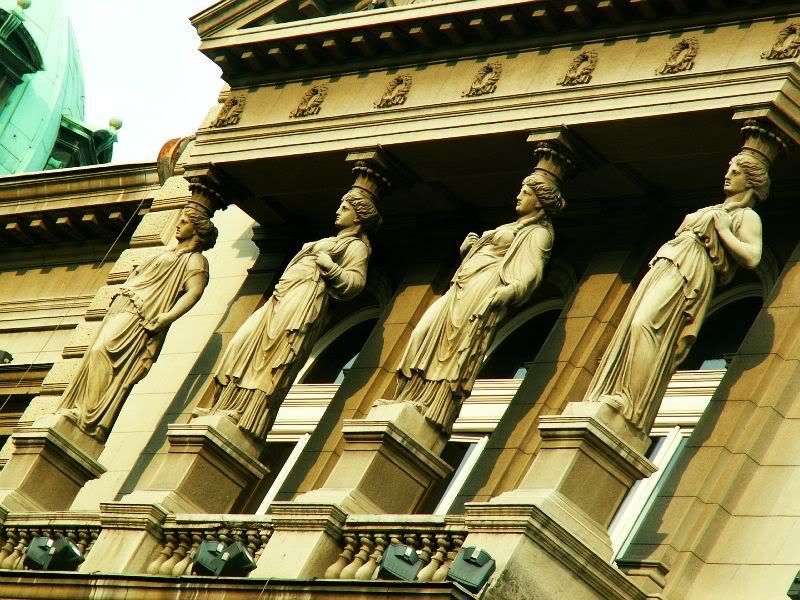
Cariathides adorning the Old Palace
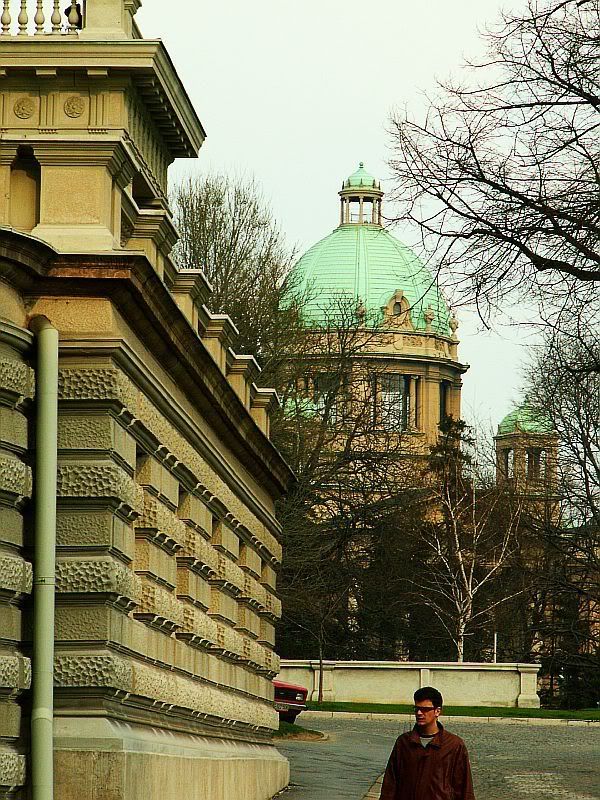
Through Palace Park to the Parliament of Serbia; that building surprisingly took over 20 years to build due to WWI
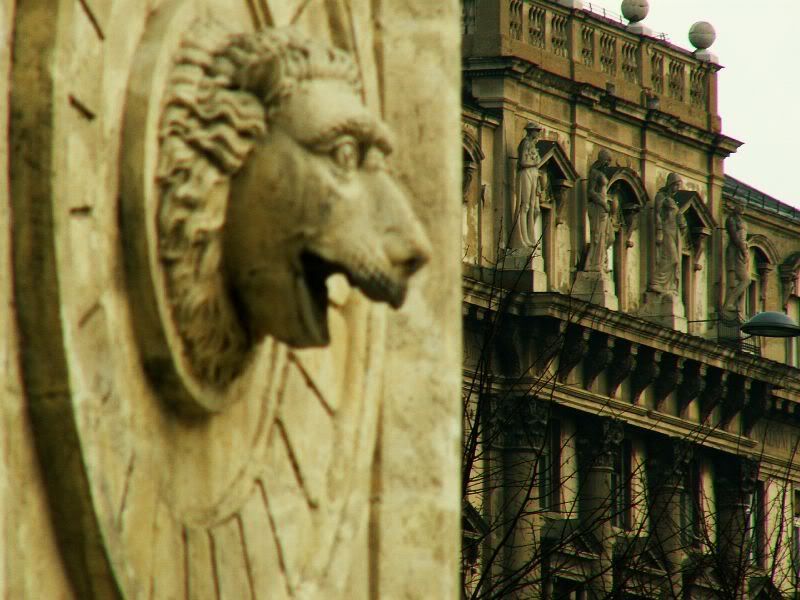
Derelict yet still gorgeous buildings on Terazije Square
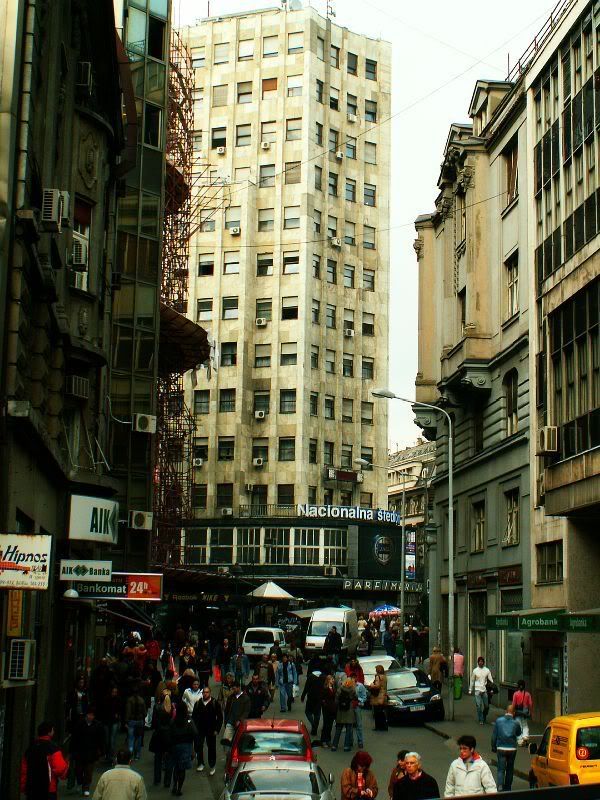
Sremska Street is a cute little meandering crescent going towards the first skyscraper of the Balkans built in the early 30's: Albania Palace (named after a cafe that stood there before)
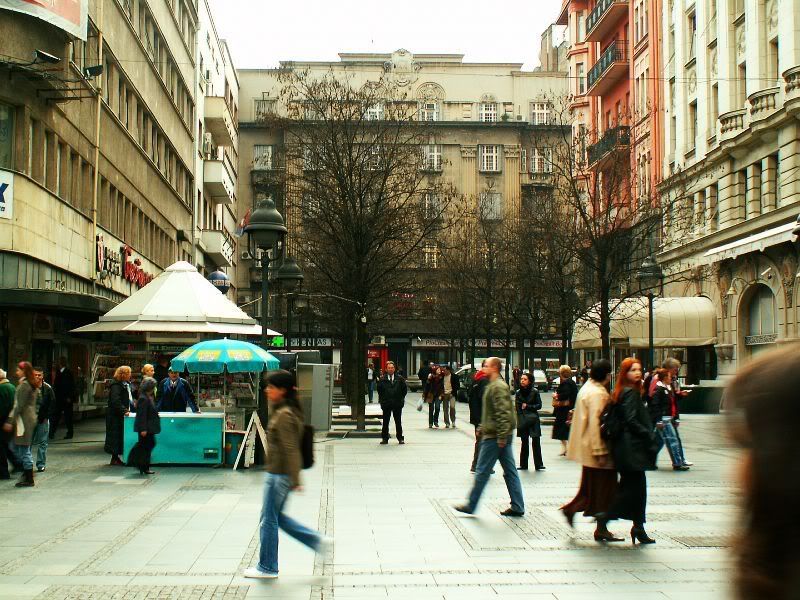
A continuation of Republic Square on the busy Prince Michael pedestrian zone
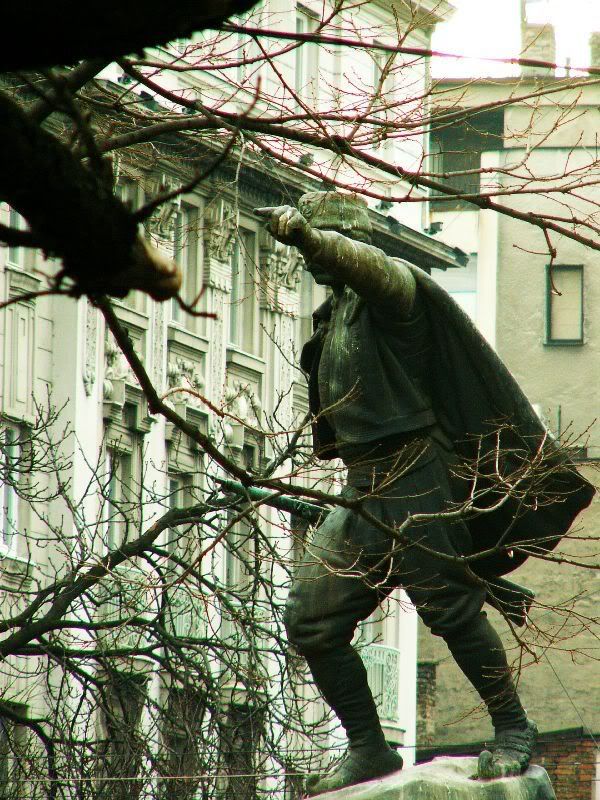
Toplicin Park with a statue to a Serbian hero who's name escapes me atm
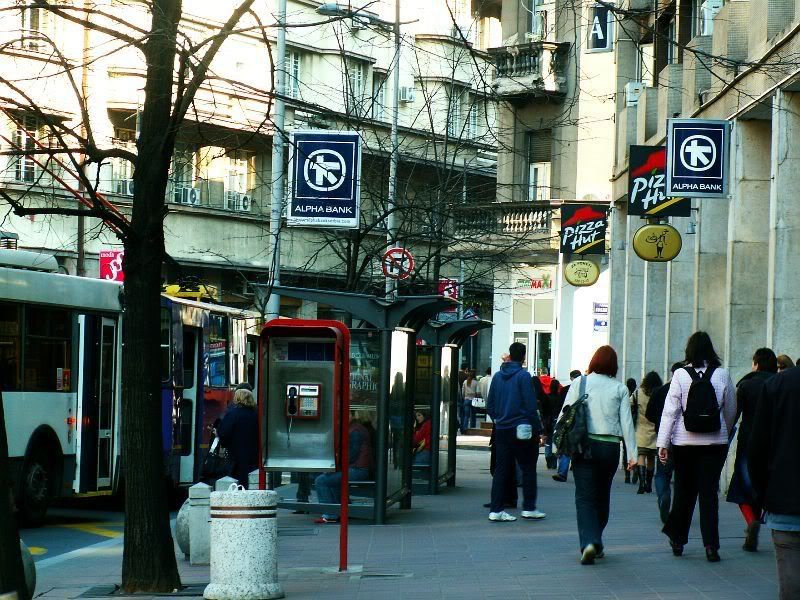
Makedonska Street towards the Radio Belgrade building
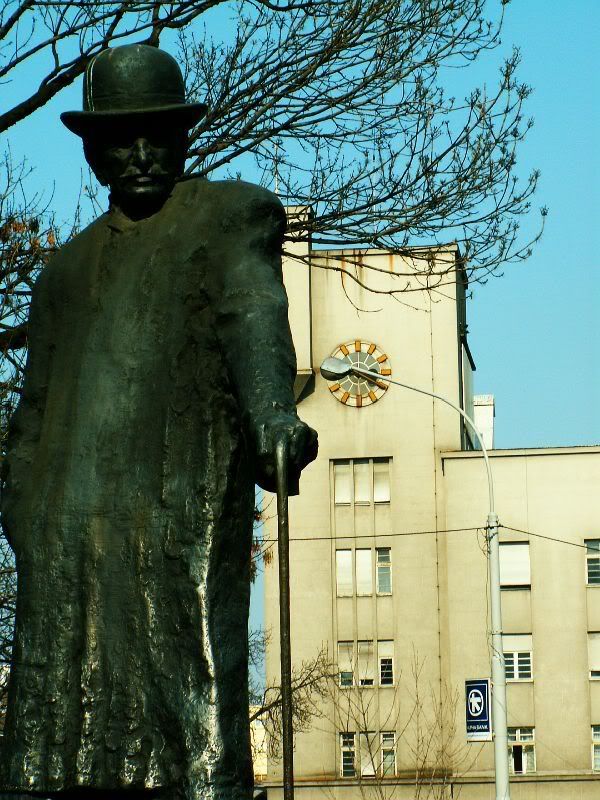
Monument to a famous Serbian actor; the background building is the Palace of the Army (loosely translated)
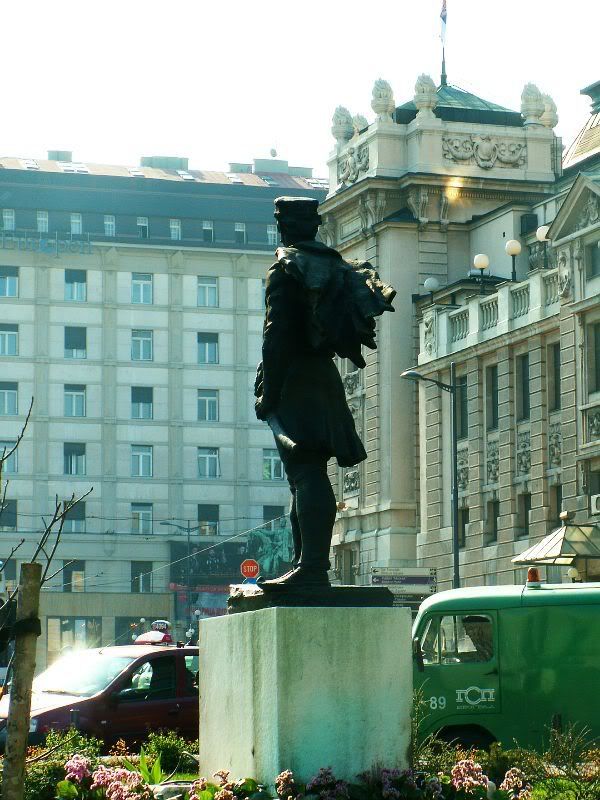
A Serbian hero against the Turks pointing towards Republic Square; the National Theater is clearly visible
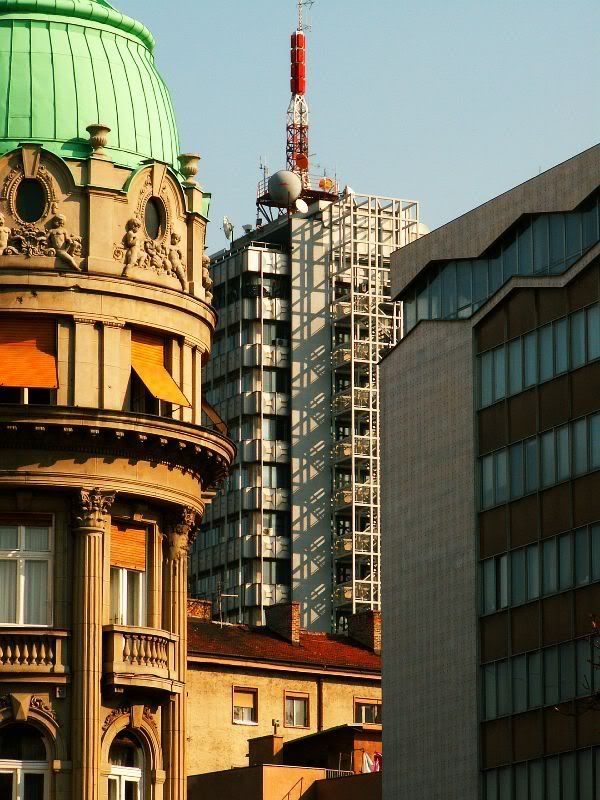
A mix of styles; heavily bombed parts of Belgrade were rebuilt quickly albeit, with a commie perspective. This gives us an eclectic mix of architecture
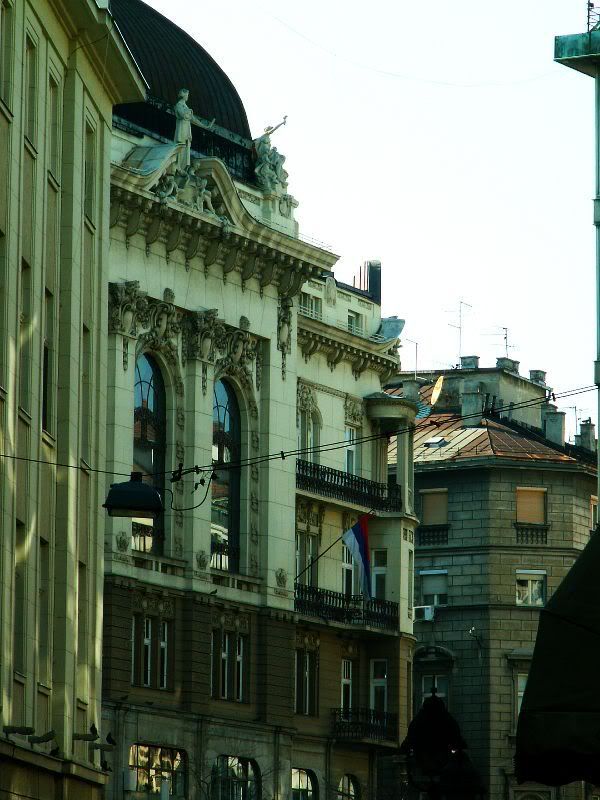
The Serbian Academy of Arts and Sciences, built in 1928; it is one of the greatest examples of secessionist Serbian architecture. The opening was attended by numerous foreign dignitaries including Nikola Tesla, one of the greatest Serbian minds to have ever lived
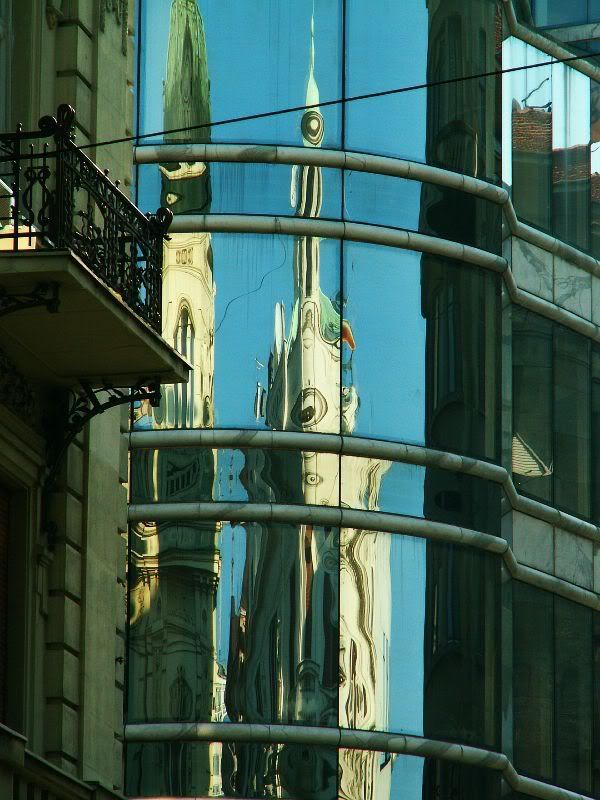
Reflections in the few modern buildings on Prince Michael Street
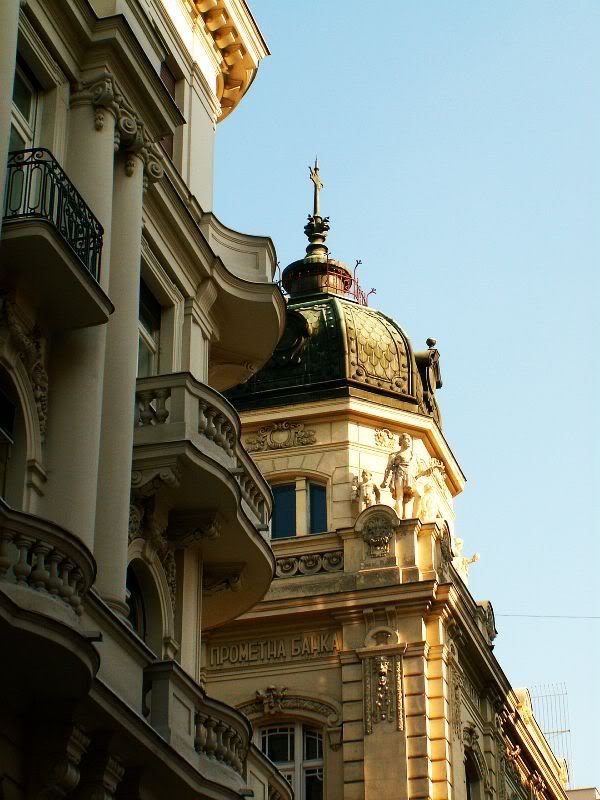
Details of ornate palaces
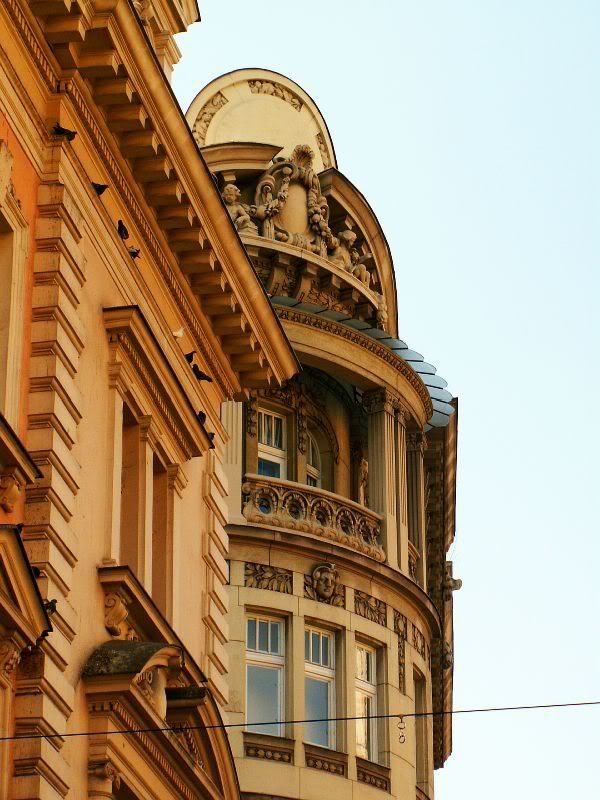
Details of the Serbian Academy of Arts and Sciences
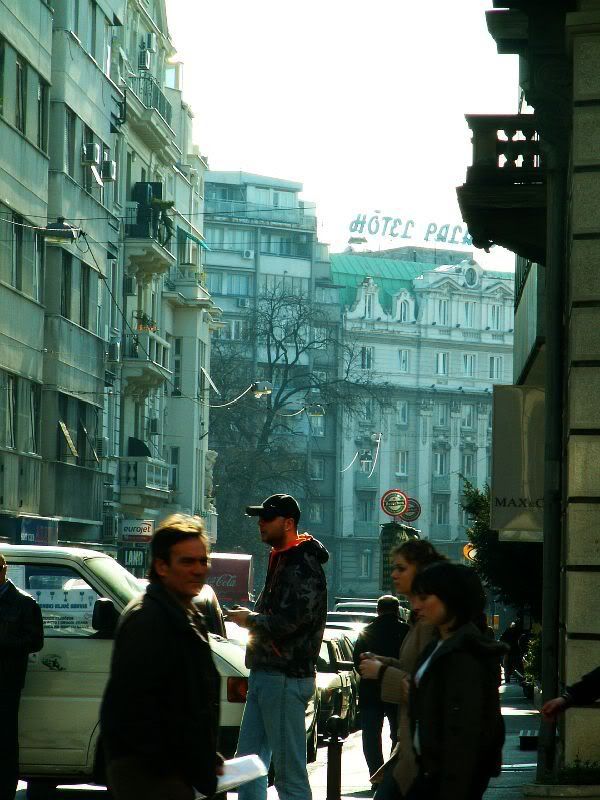
Street scenes
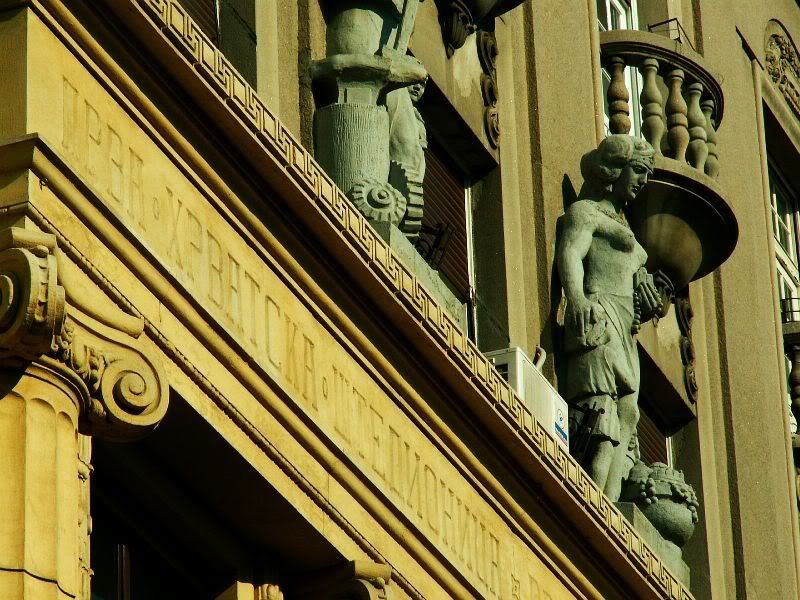
This building has a quirky history. The inscription reads "First Croatian Savings Bank", this building was copied in Zagreb where the inscription reads "First Serbian Savings Bank" as a sign of south slavic (Yugoslav) unity
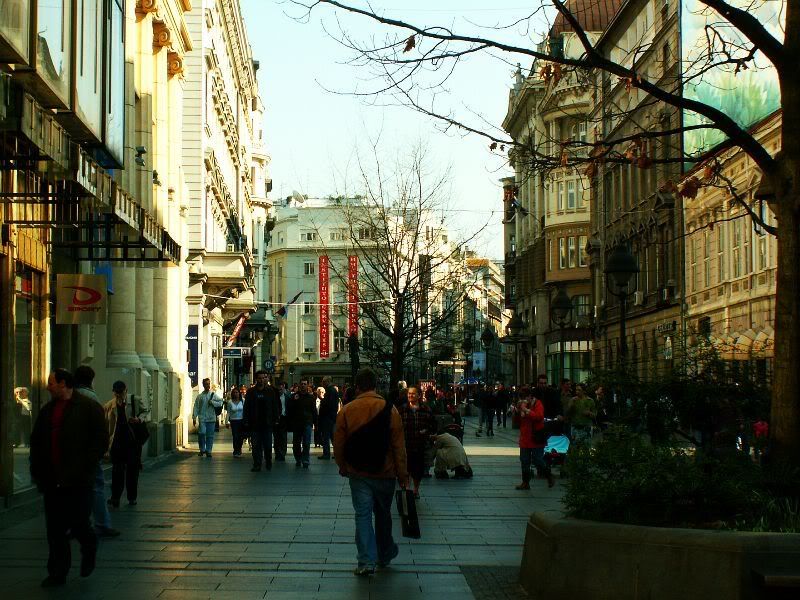
Prince Michael Street widens and then narrows at this point
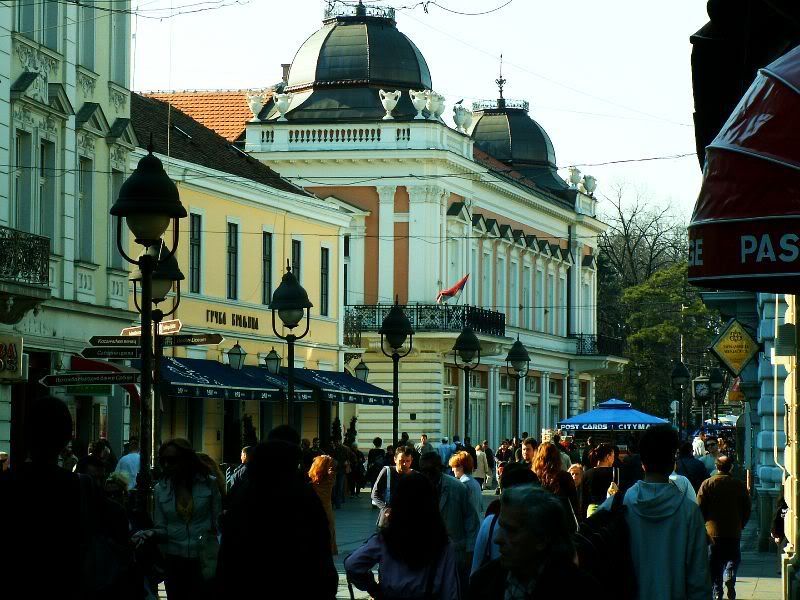
The end of this pedestrian paradise; Kalemegdan Park, a beautiful central park and fortress
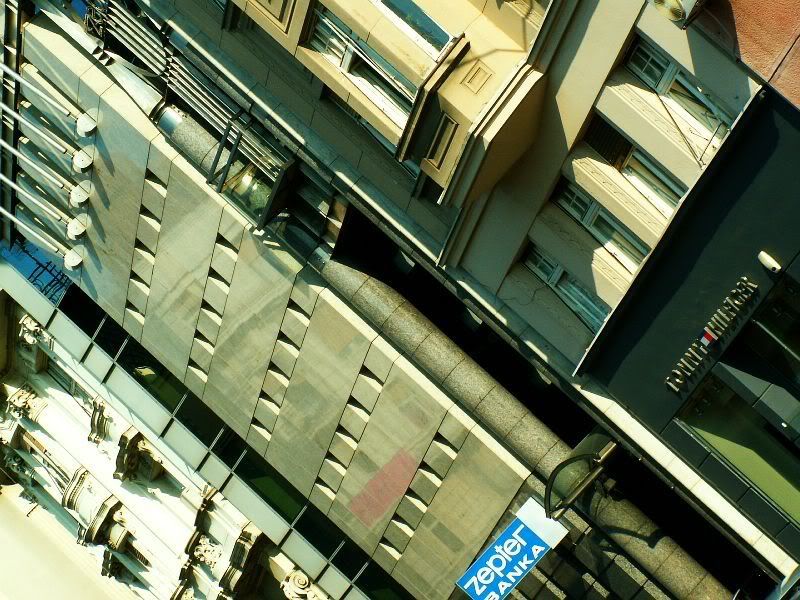
Architectural variety on King Peter Street
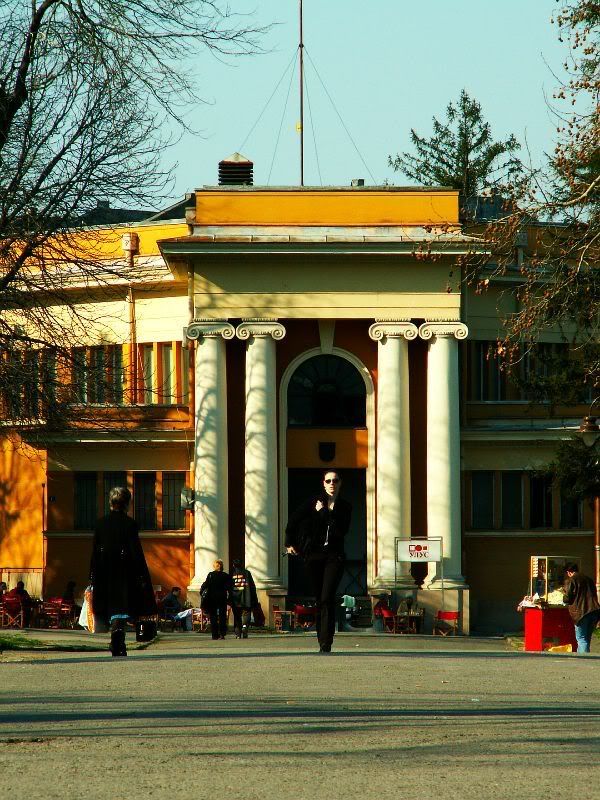
An arts pavillion in Kalemegdan Park where student organized expositions are often held
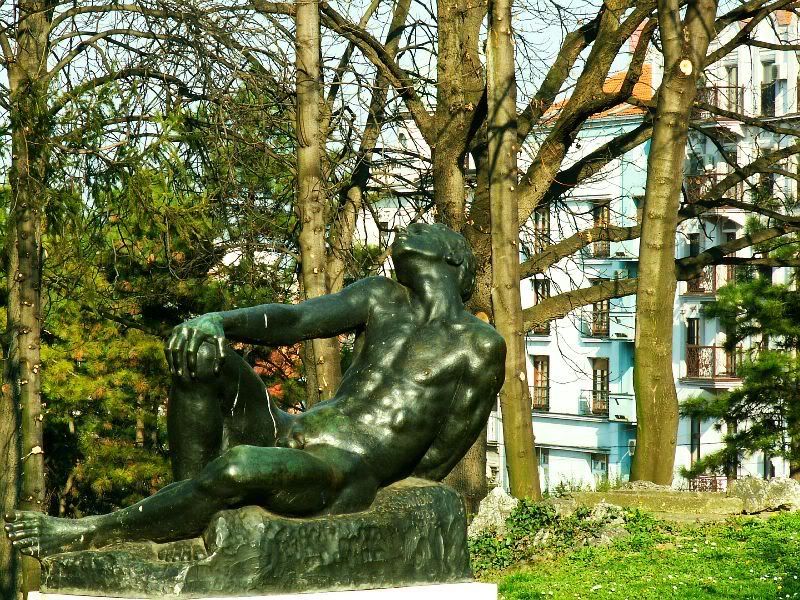
"Warrior at Rest"
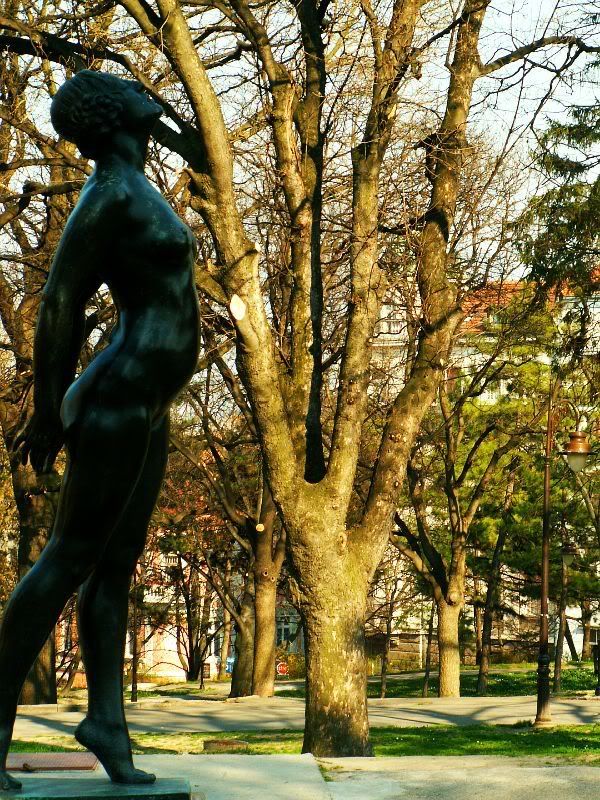
"Nude Girl"
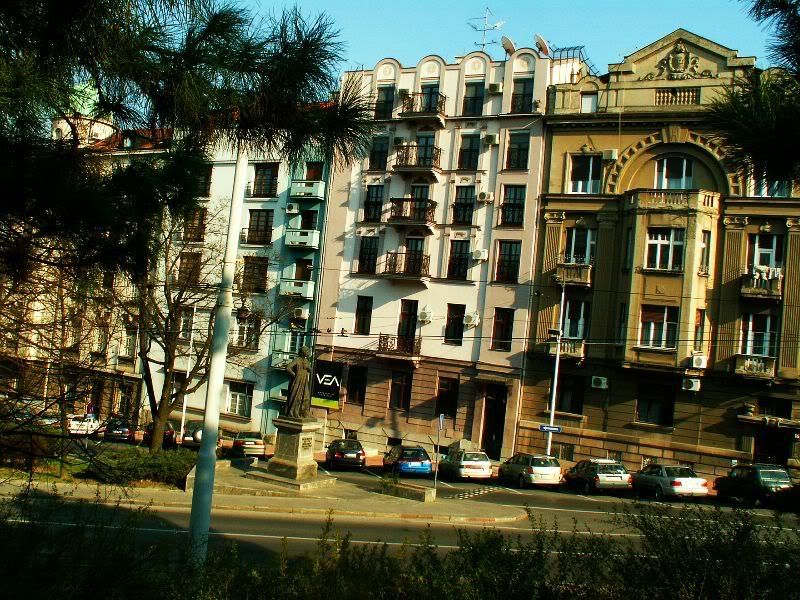
Monument to Riga of Pharaos, Greek hero killed by the Turks in Belgrade
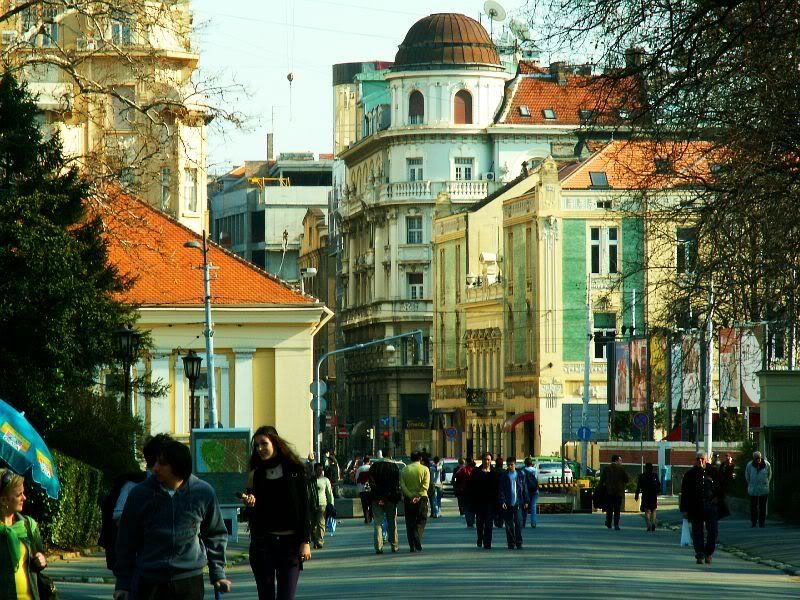
Vasa Carapica Street's begining in Kalemedgan Park
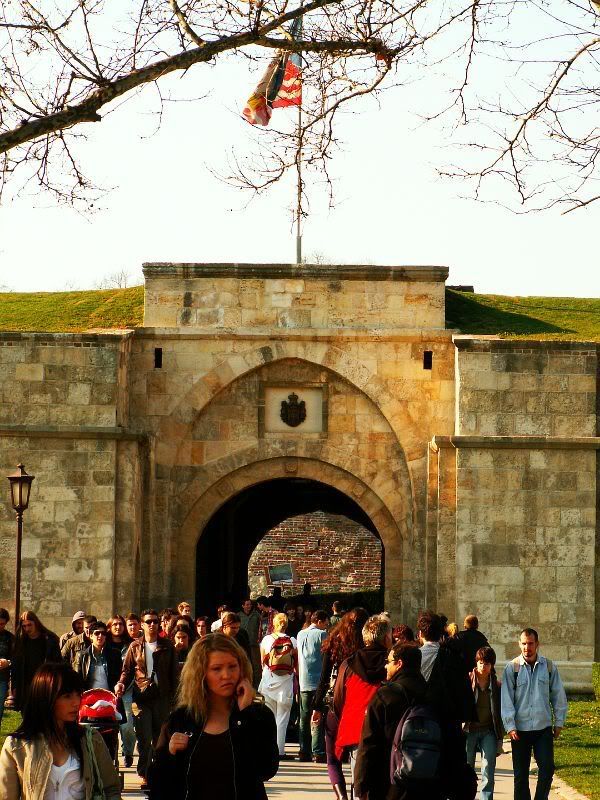
One of the many interior gates of the Belgrade Fortress in Kalemegdan, and I swear that must be Julia Styles
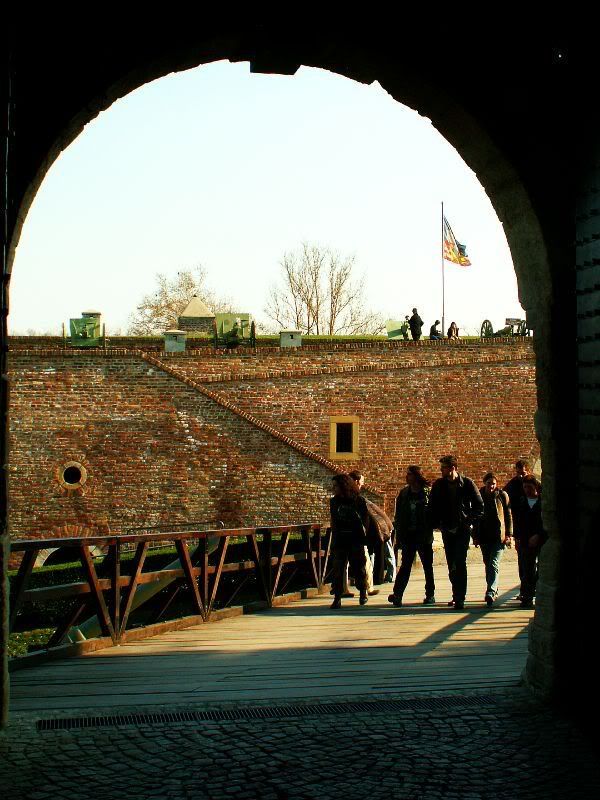
Gates, bridges and many more of those...
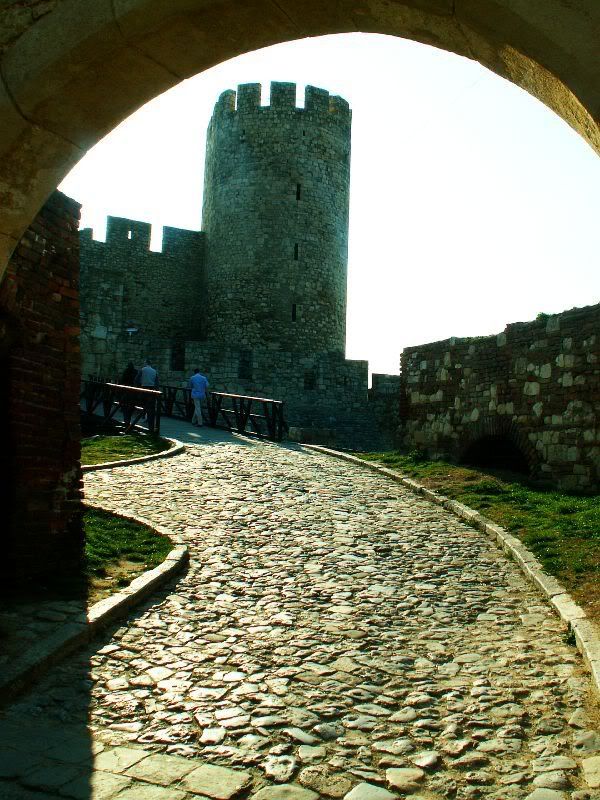
Towers, walls and more gates!
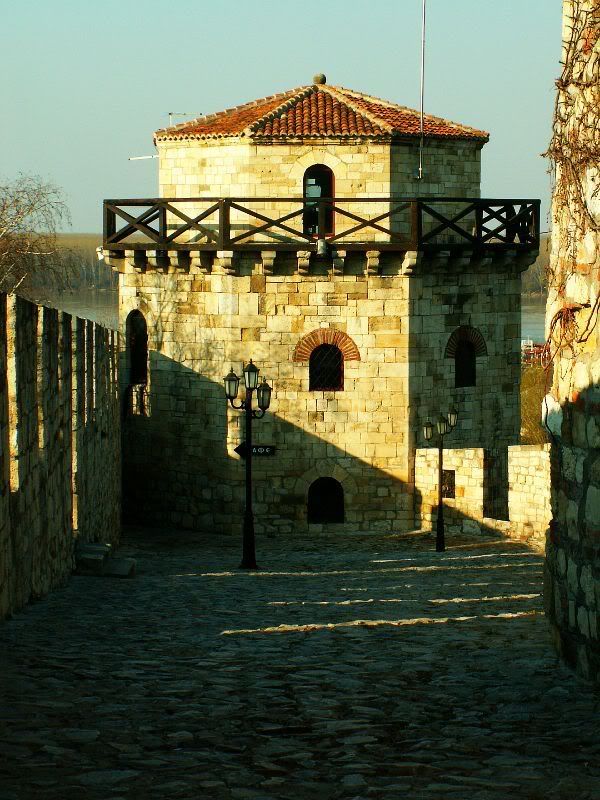
Belgrade's Fortress was one of the most fortified in Europe, being at the border between 'East' and 'West' (Ottoman and Austro-Hungarian Empire)
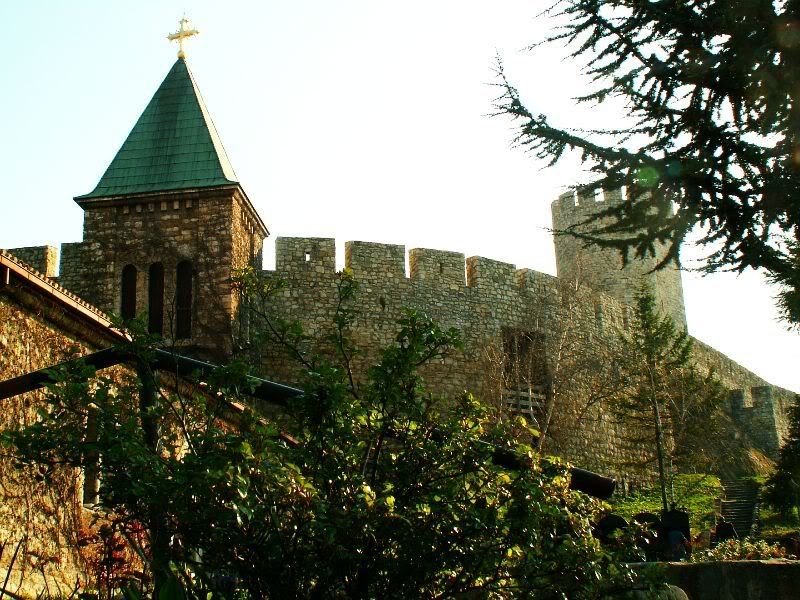
This charming church has a chandelier made of muskets and swords due to its military nature and location
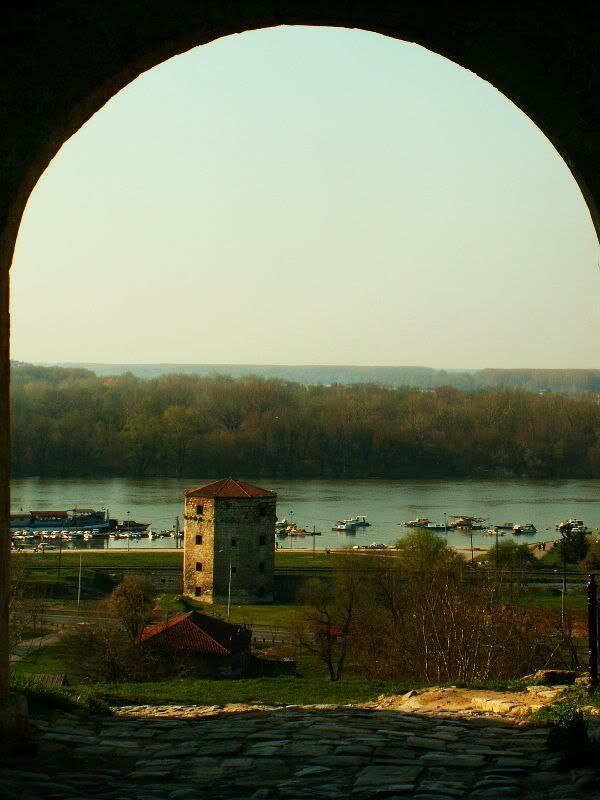
Remember Riga of Pharaos? He was killed in that tower
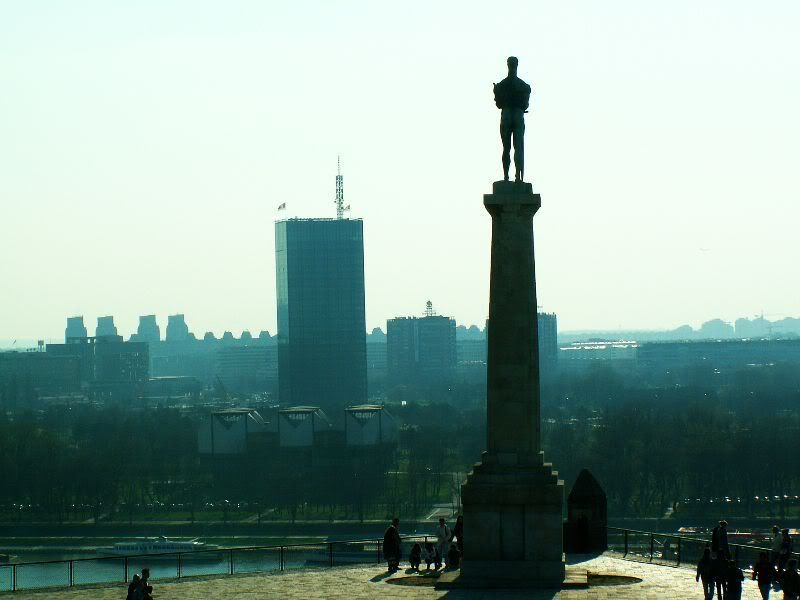
'Pobednik' or 'The Victor' is the undisputed symbol of Belgrade. Built as a symbol of victory in WWI, it was originally meant to have stood at Terazije Square but Belgrade's prudish women thought it was too scandalous to have a naked man staring them down
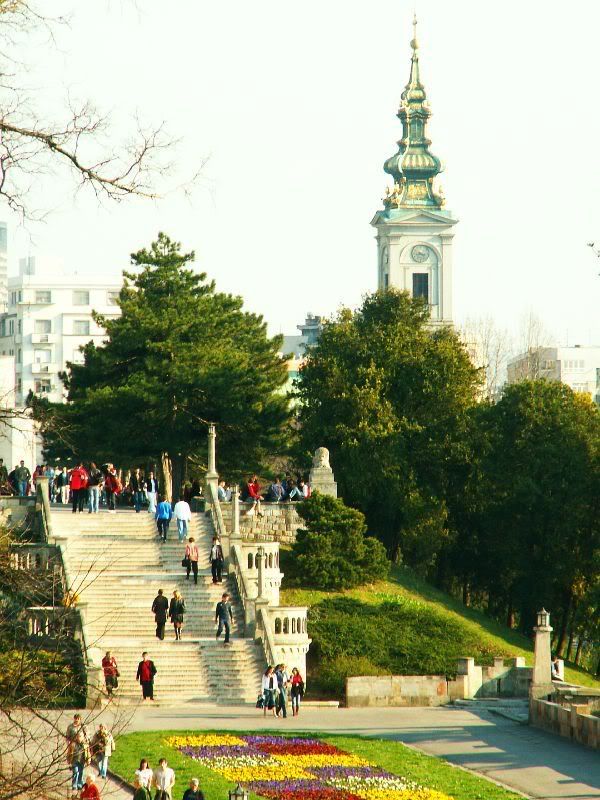
The Italian Steps leading out of the park towards the French Embassy and the Cathedral Church
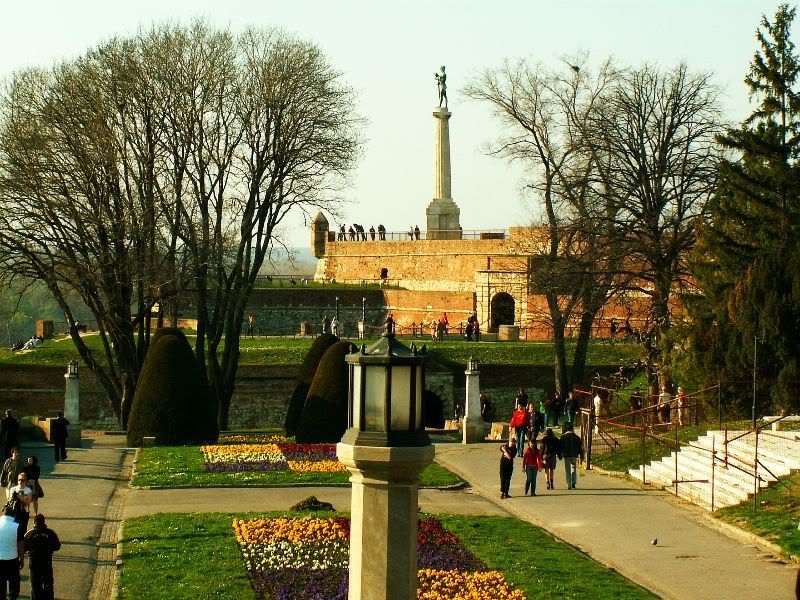
Looking back at The Victor and the Italian Gardens
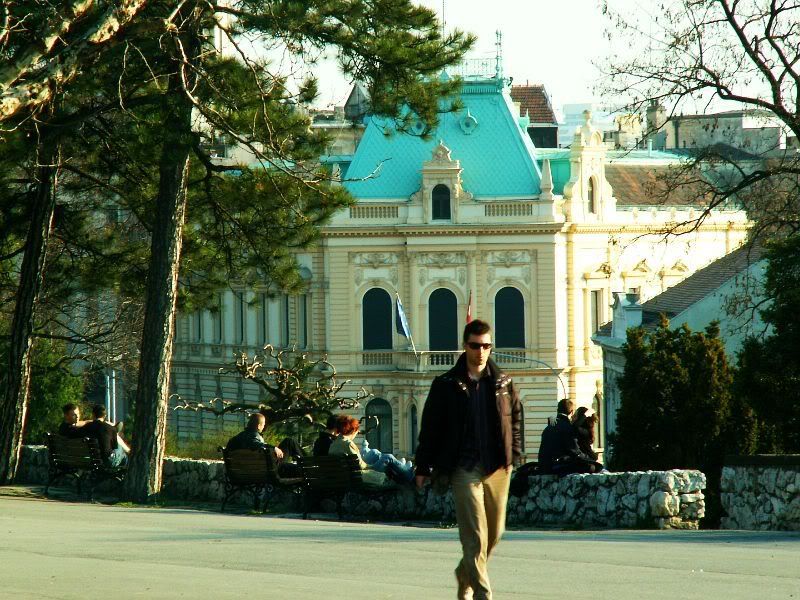
Kalemegdan Park slowly meets the city again, this time, in front of the Austrian Embassy
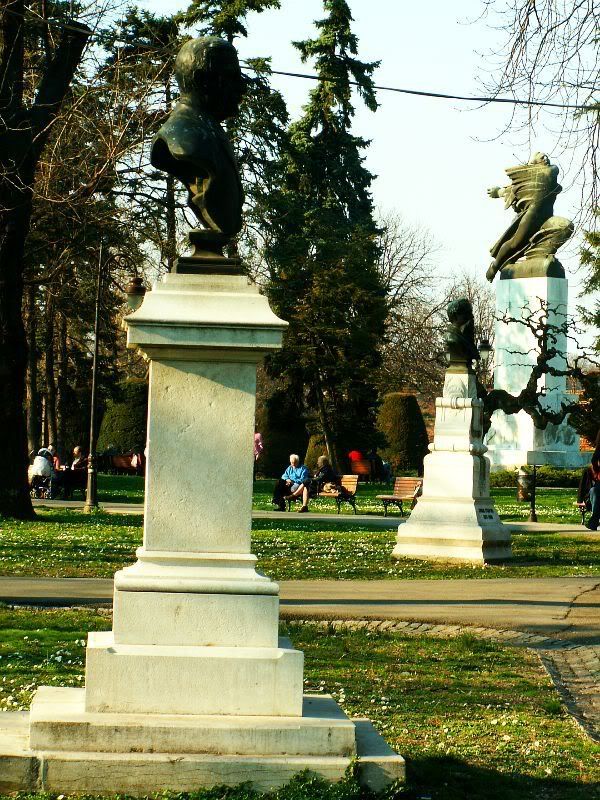
Statues, sculptures and monuments in the grand part of the park
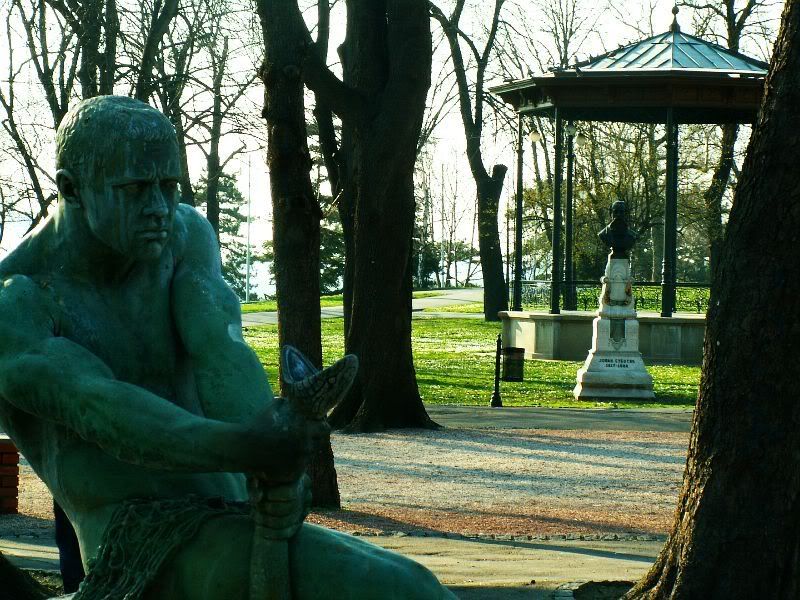
"Man Fighting With Snake" the same sculpture also stands in Zagreb as a sign of (former) Yugoslav unity
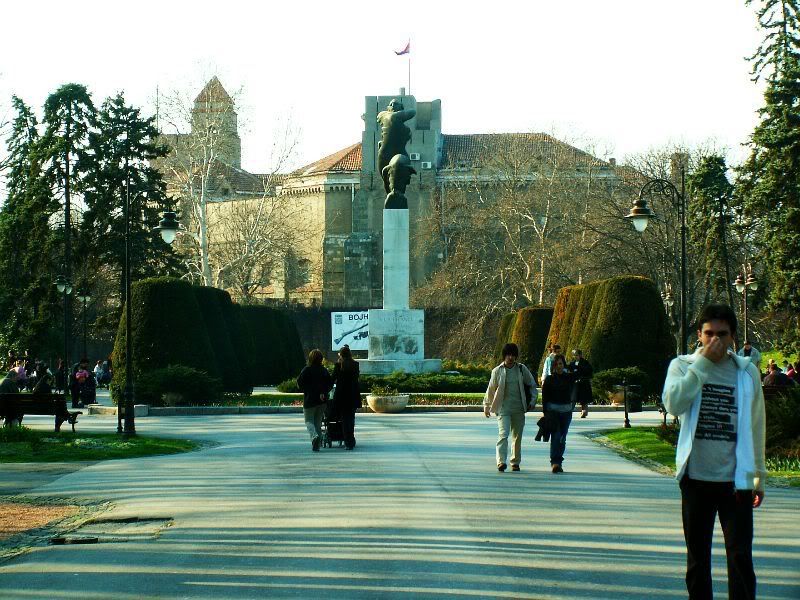
A grand monument celebrating Serbia's love for France, as a gift of rememberance for French help during WWI. This monument is often defaced due to France turning its back on historical allies and bombing Serbia in 1999
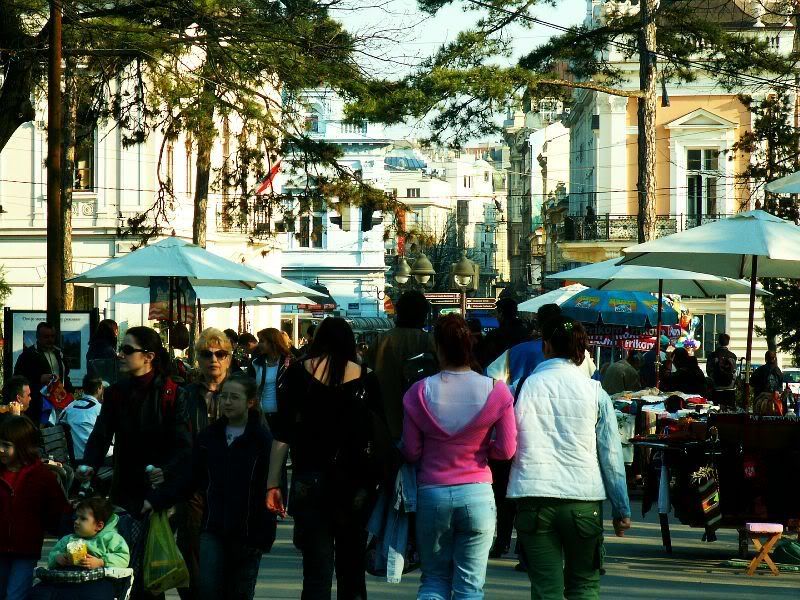
Slowly the city engulfs the park as Prince Michael Street begins (or ends)
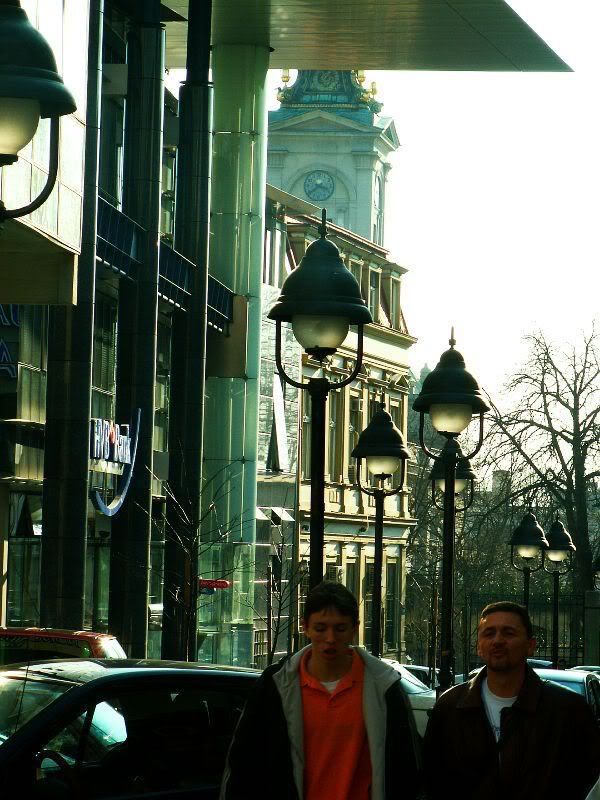
Modern against very old. The Baroque steeple of the Cathedral Church is the heart of the Serbian Orthodox Church
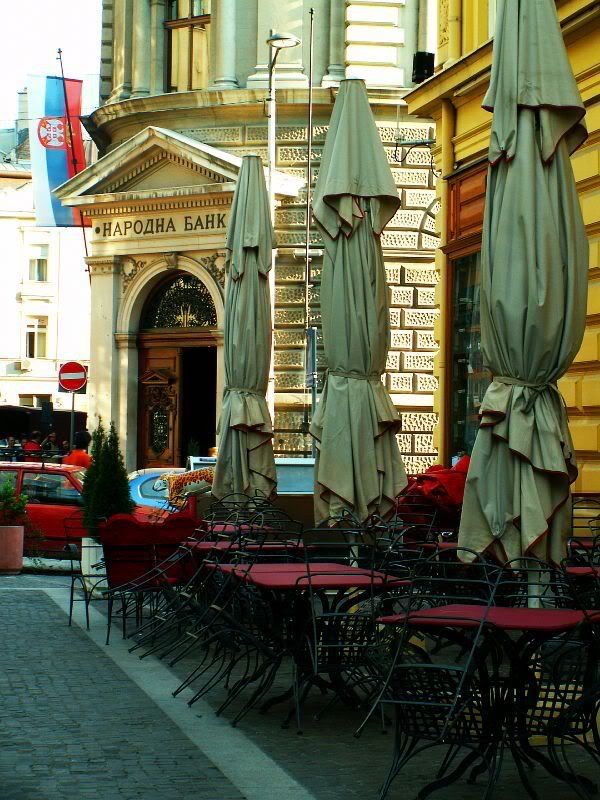
Cafe, hotel and the former headquarters of the National Bank of Serbia. The headquarters have moved to a new skyscraper built at Slavija Square
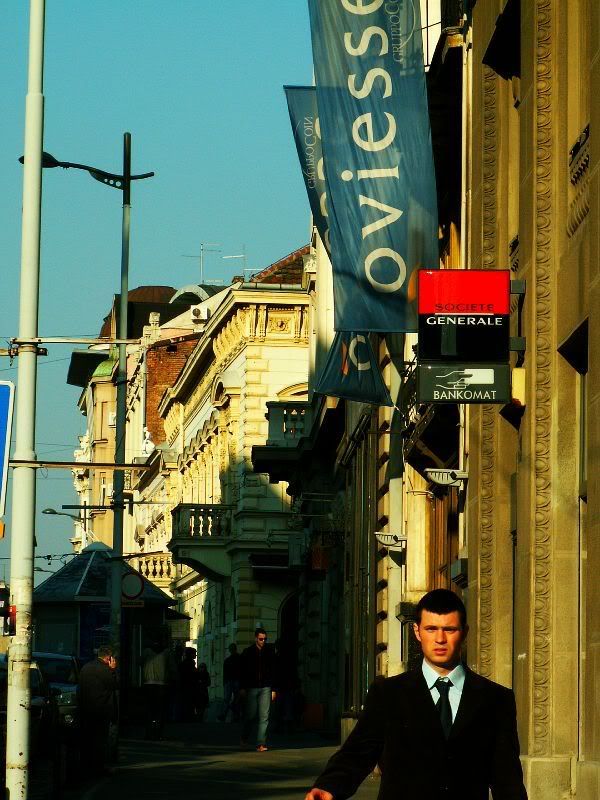
Serbian bankers, must be Belgrade's version of Bay Street
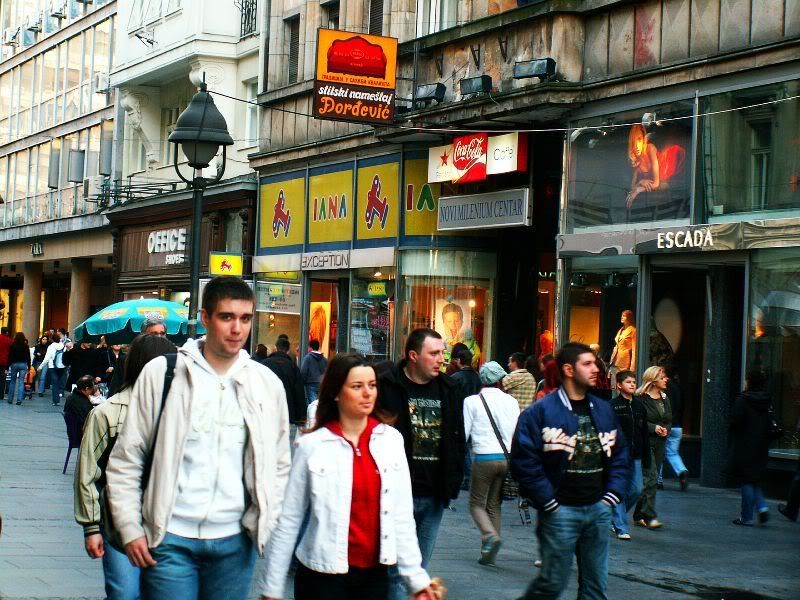
Prince Michael Street is the most popular location for foreign retailers who want to enter the Serbian market with a bang. Some of the more famous names on this strip are: Swatch, Swarovski, Adidas, Nike, Tommy Hilfiger, Diesel, Lacoste, Escada, Mango and Zara
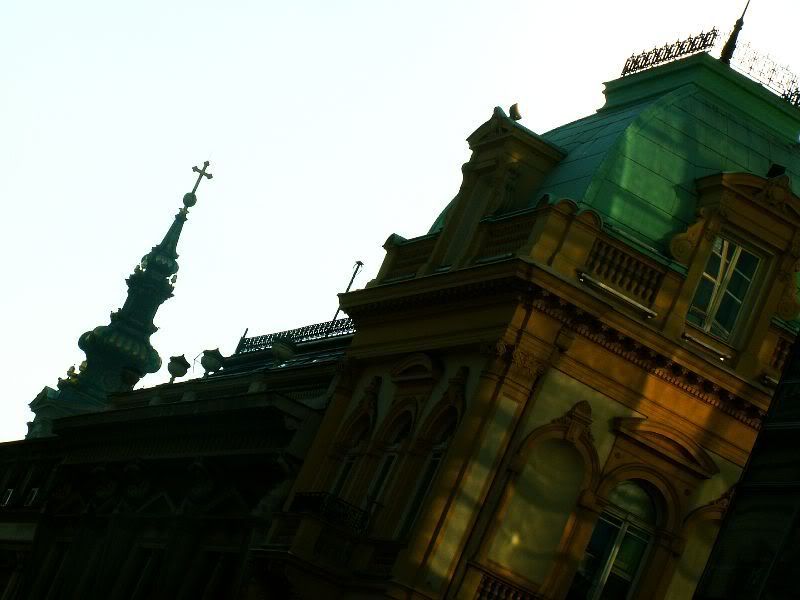
Details of ornate buildings on King Peter Street
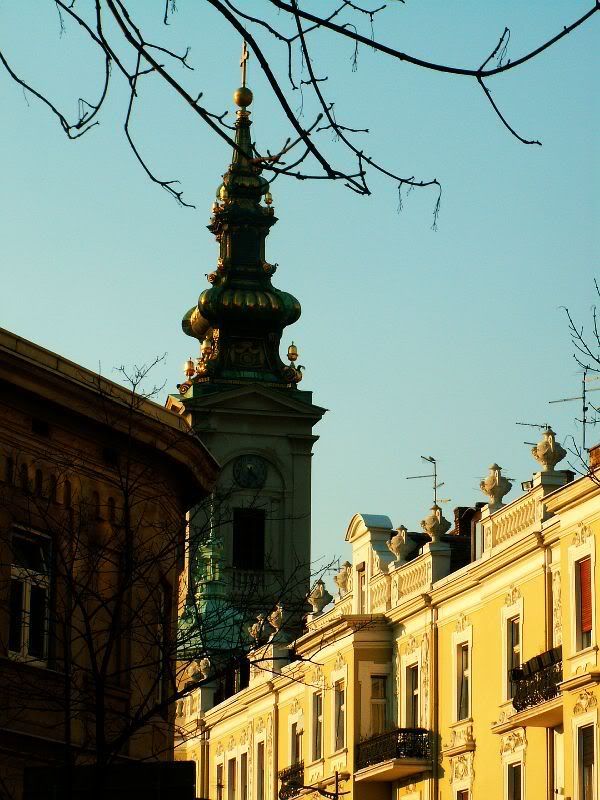
The steeple of the Cathedral Church is there to remind us that we're afterall still in the old, old part of the city
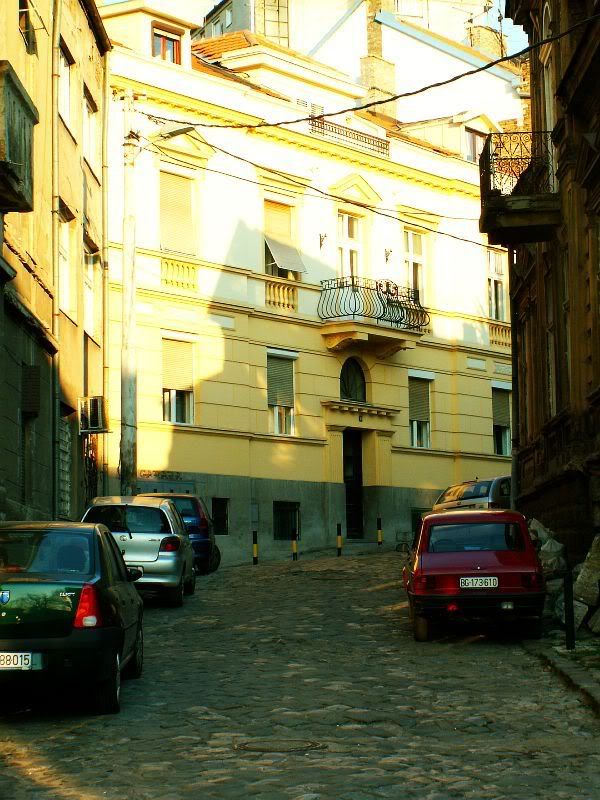
Toplicin Crescent is one of the most interesting parts of old Belgrade
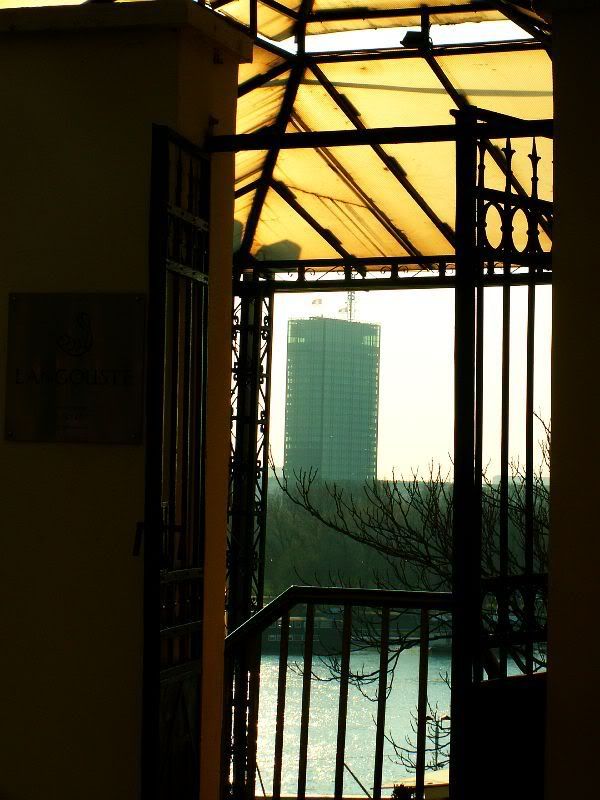
From one of the most luxurious restaurants in Belgrade we can see New Belgrade and the Usce Tower, symbolic of the city's progressive nature towards a new and stable economy
Hope you enjoyed the first part, I will slowly pump out all my pictures of Belgrade taken over the last few years:cheers:
Most of Belgrade was rebuilt from a Turkish Kasaba to a modern European city by Serbian Kings and Queens who insisted on modelling the city after Vienna and Budapest. After severly being destroyed in WWII; Belgrade has been rebuilt, but not to its former glory....
Pictures from March 2007

St. Mark's Church, standing proudly in the heart of Belgrade, was built in the 1930's as a much larger copy of the famous Gracanica monastery in Kosovo

On Takovska Street stand great examples of Academic and Serbian-Byzantine buildings

King Aleksandar Boulevard ends at Nikola Pasic Square (formerly Marx and Engels)

"Black Horses Playing" is a famous sculpture standing in front of the Serbian Parliament

Manicured grounds in front of the former Old Royal Palace, currently the City Hall of Belgrade

"Girl With Water Jug" in the palace park

The Old Palace facing onto nice examples of the rebuilding of 'European' Belgrade

Prince Milos Street, lined with grand, stately government buildings; we can see the Ministry of Statistics, Offices of the Government of Serbia and the Ministry of Foreign Affairs

King Milan Street is a major artery of Belgrade linking Terazije Square with the Temple of St. Sava

The modern glass facade of the Yugoslav Dramatic Theater

"With strength anything can be achieved" loosely translated from Old Slavic; a sculpture of the Serbian patron Saint, Saint Sava standing in front of the temple built in his honour (where his remains were burned by the Turks 600 years ago)

Walking down Karadjordjev Park near the underground railway station bearing the same name

St. Sava's Temple is the 2nd largest Orthodox place of worship in the world. Still under construction for over 70 years it awaits completion of its interior frescos and mosaics

Manjez Park is a lovely little retreat in the heart of the city

Details of the Government of Serbia building

Looking towards the Ministry of Transportation building and a newly rebuilt park

Up the stairs to the old annex of the Ministry of Defense, heavily bombed in 1999

Monument to the first Serbian uprising against the Turks

Incredible how such damage occured in the heart of Europe at the end of the last century; thank you NATO

Up Prince Milos Street towards the old Vrachar Bank building

Details of beautiful Academism buildings lining King Milan Street

Cariathides adorning the Old Palace

Through Palace Park to the Parliament of Serbia; that building surprisingly took over 20 years to build due to WWI

Derelict yet still gorgeous buildings on Terazije Square

Sremska Street is a cute little meandering crescent going towards the first skyscraper of the Balkans built in the early 30's: Albania Palace (named after a cafe that stood there before)

A continuation of Republic Square on the busy Prince Michael pedestrian zone

Toplicin Park with a statue to a Serbian hero who's name escapes me atm

Makedonska Street towards the Radio Belgrade building

Monument to a famous Serbian actor; the background building is the Palace of the Army (loosely translated)

A Serbian hero against the Turks pointing towards Republic Square; the National Theater is clearly visible

A mix of styles; heavily bombed parts of Belgrade were rebuilt quickly albeit, with a commie perspective. This gives us an eclectic mix of architecture

The Serbian Academy of Arts and Sciences, built in 1928; it is one of the greatest examples of secessionist Serbian architecture. The opening was attended by numerous foreign dignitaries including Nikola Tesla, one of the greatest Serbian minds to have ever lived

Reflections in the few modern buildings on Prince Michael Street

Details of ornate palaces

Details of the Serbian Academy of Arts and Sciences

Street scenes

This building has a quirky history. The inscription reads "First Croatian Savings Bank", this building was copied in Zagreb where the inscription reads "First Serbian Savings Bank" as a sign of south slavic (Yugoslav) unity

Prince Michael Street widens and then narrows at this point

The end of this pedestrian paradise; Kalemegdan Park, a beautiful central park and fortress

Architectural variety on King Peter Street

An arts pavillion in Kalemegdan Park where student organized expositions are often held

"Warrior at Rest"

"Nude Girl"

Monument to Riga of Pharaos, Greek hero killed by the Turks in Belgrade

Vasa Carapica Street's begining in Kalemedgan Park

One of the many interior gates of the Belgrade Fortress in Kalemegdan, and I swear that must be Julia Styles

Gates, bridges and many more of those...

Towers, walls and more gates!

Belgrade's Fortress was one of the most fortified in Europe, being at the border between 'East' and 'West' (Ottoman and Austro-Hungarian Empire)

This charming church has a chandelier made of muskets and swords due to its military nature and location

Remember Riga of Pharaos? He was killed in that tower

'Pobednik' or 'The Victor' is the undisputed symbol of Belgrade. Built as a symbol of victory in WWI, it was originally meant to have stood at Terazije Square but Belgrade's prudish women thought it was too scandalous to have a naked man staring them down

The Italian Steps leading out of the park towards the French Embassy and the Cathedral Church

Looking back at The Victor and the Italian Gardens

Kalemegdan Park slowly meets the city again, this time, in front of the Austrian Embassy

Statues, sculptures and monuments in the grand part of the park

"Man Fighting With Snake" the same sculpture also stands in Zagreb as a sign of (former) Yugoslav unity

A grand monument celebrating Serbia's love for France, as a gift of rememberance for French help during WWI. This monument is often defaced due to France turning its back on historical allies and bombing Serbia in 1999

Slowly the city engulfs the park as Prince Michael Street begins (or ends)

Modern against very old. The Baroque steeple of the Cathedral Church is the heart of the Serbian Orthodox Church

Cafe, hotel and the former headquarters of the National Bank of Serbia. The headquarters have moved to a new skyscraper built at Slavija Square

Serbian bankers, must be Belgrade's version of Bay Street

Prince Michael Street is the most popular location for foreign retailers who want to enter the Serbian market with a bang. Some of the more famous names on this strip are: Swatch, Swarovski, Adidas, Nike, Tommy Hilfiger, Diesel, Lacoste, Escada, Mango and Zara

Details of ornate buildings on King Peter Street

The steeple of the Cathedral Church is there to remind us that we're afterall still in the old, old part of the city

Toplicin Crescent is one of the most interesting parts of old Belgrade

From one of the most luxurious restaurants in Belgrade we can see New Belgrade and the Usce Tower, symbolic of the city's progressive nature towards a new and stable economy
Hope you enjoyed the first part, I will slowly pump out all my pictures of Belgrade taken over the last few years:cheers:
